In the United States, the bathroom is not only an indispensable practical space in life, but also a significant place for families to relax and spend quality time together. As people pay increasing attention to the quality of their home life, free standing tubs are becoming a popular choice in American family bathroom designs. This type of bathtub not only has higher flexibility and aesthetic value, but also symbolises a more refined attitude towards life.
However, faced with a wide range of product styles, materials, and functional configurations on the market, consumers often feel at a loss when making a choice. This article will begin with actual needs, combined with common free standing tub types, mainstream materials, space planning suggestions, and functional configurations in the US market, to provide a detailed and practical purchase reference guide for you.
1. What is the charm of a free standing tub?
Compared with a traditional embedded bathtub, the most prominent feature of a free standing tub is that it can be placed freely in any position in the bathroom without being attached to the wall. Because of this, its shape is more expressive, whether it is a classic retro style or a modern minimalist style, it can be easily achieved. In addition, the bottom of this type of bathtub is usually elevated off the ground, which makes it easy to clean and gives the entire bathroom space a more transparent and tidy appearance.
For American consumers who prioritise living comfort and aesthetic space, choosing a suitable independent bathtub is not only an upgrade in bathroom functionality, but also a reflection of their lifestyle.
2. Common bathtub types in American families
Independent bathtubs on the American market can be mainly divided into the following categories according to their appearance and functions:
Clawfoot Tub
The most historical classic model features four decorative metal feet that support the entire bathtub, often used in retro or European-style bathrooms. Most of them are made of cast iron, which is heavy but has good thermal insulation performance.
Oval Modern Tub
The simple and smooth lines are suitable for modern home styles, with a moderate size, commonly found in acrylic or stone composite materials, and a light appearance.
Double-Ended Tub
Both ends feature inclined backrests, allowing two people to use them simultaneously, making them ideal for couples to share and providing greater comfort.
Soaking Tub
Typically more than 22 inches deep, it offers a deep soaking experience and is ideal for individuals who prefer a long, relaxing bath.

3. Material Matters: Comparing the Most Popular Tub Materials
Different materials affect the tub's weight, insulation, durability, and cost. Below is a quick comparison of common freestanding tub materials in the U.S.:
|
Material |
Avg. Price (USD) |
Weight (lbs) |
Pros |
Cons |
|
Acrylic |
$700–$1,500 |
70–100 |
Lightweight, easy to install, warm surface |
Prone to scratching, less durable |
|
Cast Iron |
$1,500–$4,000 |
300+ |
Excellent heat retention, very durable |
Very heavy, harder to install |
|
Stone Resin |
$2,000–$5,000 |
150–250 |
Luxurious feel, modern look |
Requires reinforced flooring |
|
Copper |
$3,000+ |
150–300 |
Naturally antibacterial, striking design |
Needs regular maintenance to prevent patina |
|
Solid Surface |
$2,000–$6,000 |
200–350 |
Sleek matte finish, retains heat well |
Expensive, less variety in design |
4. Size selection and space layout suggestions
When choosing a bathtub, it is necessary to plan it reasonably in combination with the bathroom space. Generally speaking, the length of a standard free standing tub in the United States is between 55 and 72 inches, the width is approximately 28 to 36 inches, and the height ranges from 20 to 24 inches.
At least 24 inches of activity space should be reserved around the bathtub to ensure convenience and daily cleaning. The following points can be used for reference:
Ø For small bathrooms, it is recommended to choose a model with a length of no more than 60 inches, and oval or upright bathtubs are preferred.
Ø For large master bathrooms, you can opt for a double bathtub or a deep, barrel-style tub with a built-in massage function.
Ø Before installation, it is necessary to confirm whether the door frame, passage, and stairs can bear the size and weight of the equipment during transportation.
Additionally, for the second floor of an old residential structure, it is recommended to consult a professional installation team in advance to determine if the ground requires strengthening with load-bearing support.
5. Functional configuration: from practical to luxurious
Independent bathtubs are not only bathroom equipment in the United States, but are often regarded as a relaxation tool. To meet the personalised needs of consumers, more and more products are equipped with additional functions:
Bubble massage system: release bubbles or water jets through the built-in nozzle to achieve a massage of multiple parts, such as the back and legs, which helps improve blood circulation.
Constant temperature heating system: maintains a stable water temperature, ideal for individuals who take long baths in winter.
Built-in lighting system: Some high-end models are equipped with LED light strips, which can adjust the colour and brightness to create a bathing atmosphere.
Smart control panel: supports one-click adjustment of temperature, water flow intensity, and function mode, and can even be connected to a mobile phone App for remote control.
It should be noted that the above functions will increase the overall cost and installation difficulty, and some of them require an additional power supply. Therefore, the total budget should be estimated before purchasing, and a certified plumber should be asked to install it.
6. Purchase recommendations and maintenance points
Reasonable budget planning: In the US market, the cost of an ordinary acrylic bathtub, including installation, is expected to range from $1,500 to $3,000, while a high-end configuration may exceed $6,000.
Consider family usage habits: Families with children or the elderly may prioritise non-slip bottom designs or low edge heights.
Cleaning and Maintenance: Acrylic surfaces can be cleaned with soft detergents, and abrasive tools should be avoided. Copper materials require regular oiling to prevent oxidation.
Pay attention to after-sales and warranty services: It is recommended to purchase from brands with established after-sales service systems in the United States or North America, such as Kohler, American Standard, and Fleurco.
7. Conclusion
Independent bathtubs not only enhance the design level of the bathroom, but also make daily bathing a kind of enjoyment. In American families, whether they prefer simple and modern, retro and elegant, or high-tech products with comprehensive functions, suitable styles can be found on the market.
As long as you combine your own space conditions, usage needs and budget range, plan reasonably and choose carefully, you can create a comfortable and beautiful bathroom space for your family. I hope this guide can provide you with valuable reference when purchasing independent bathtubs.

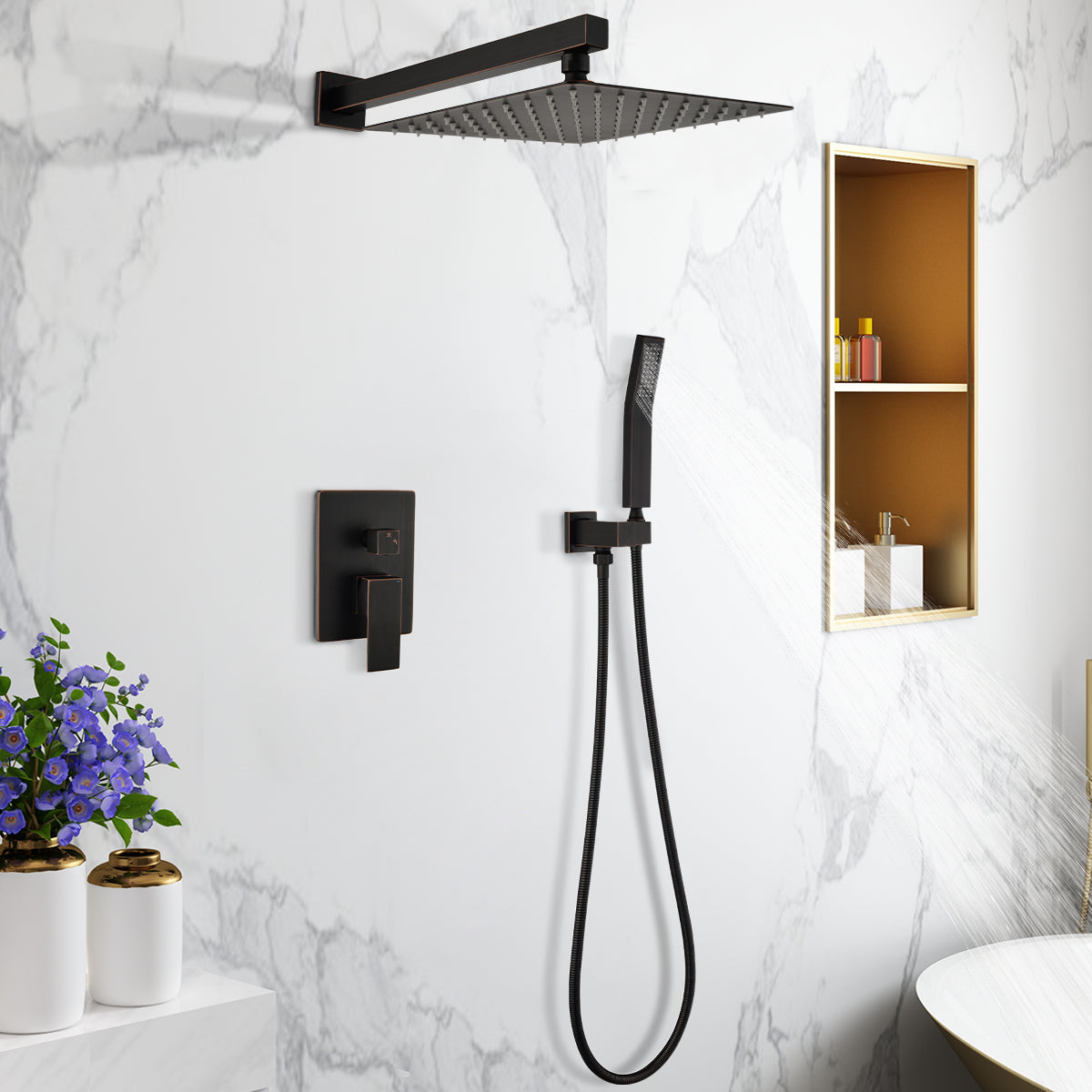
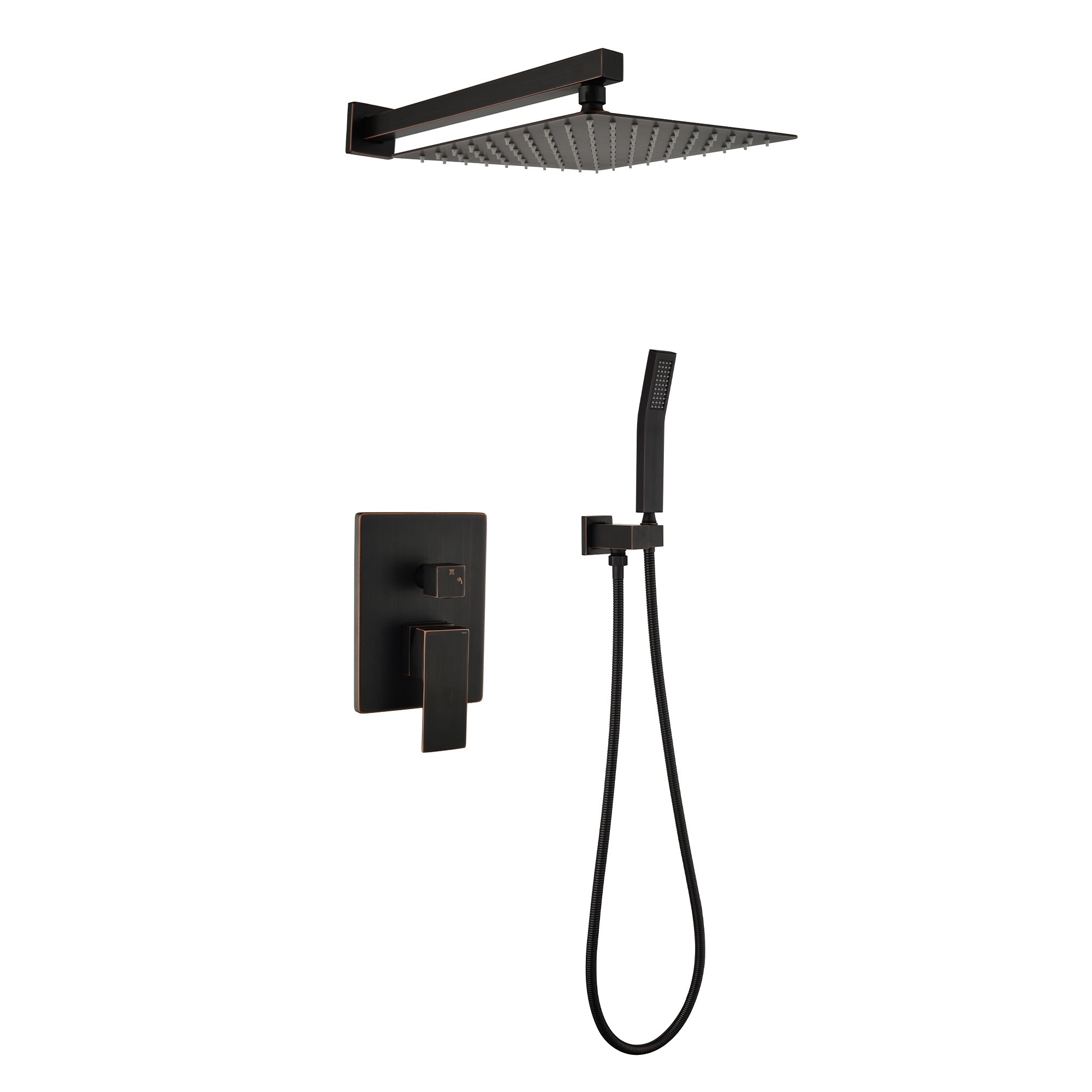


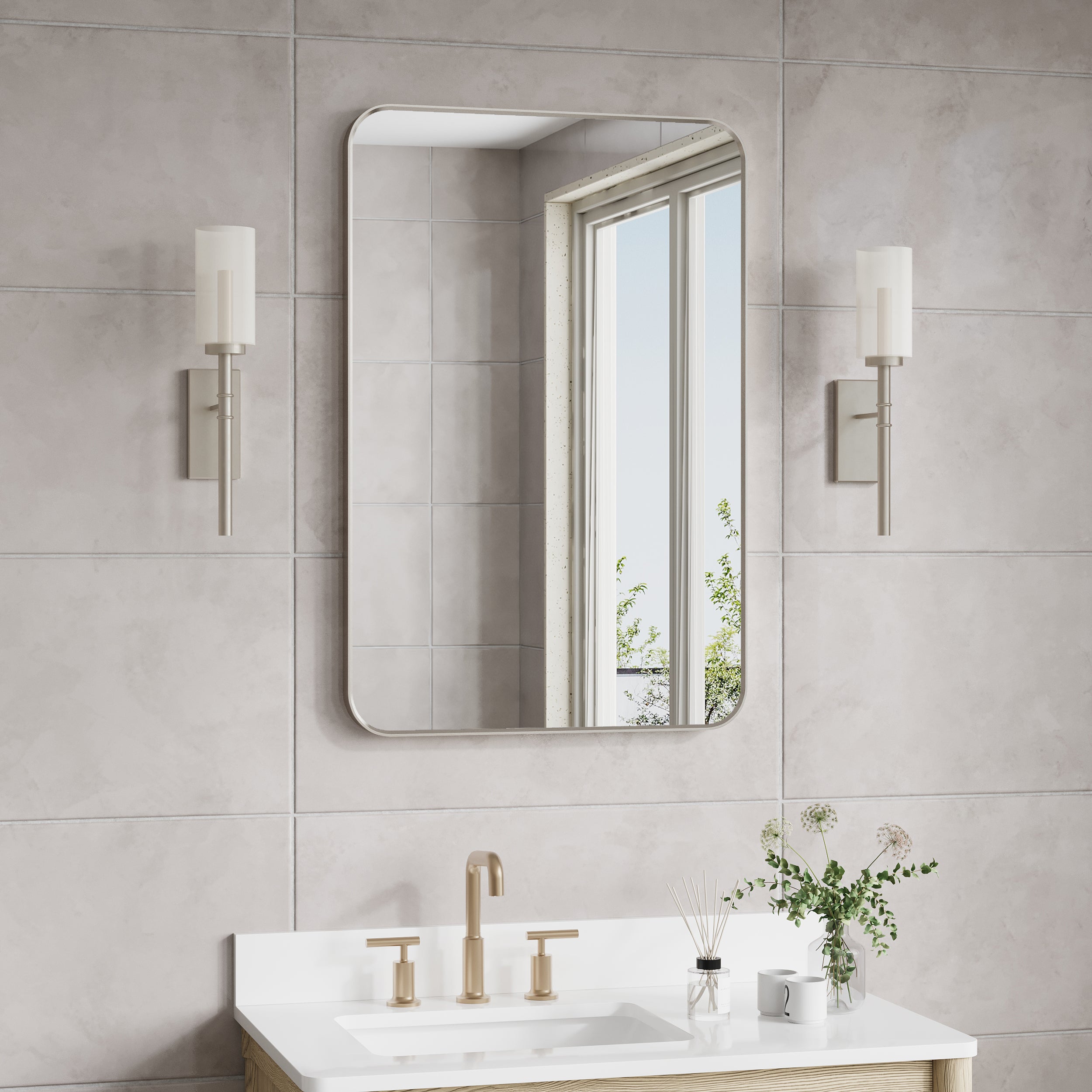
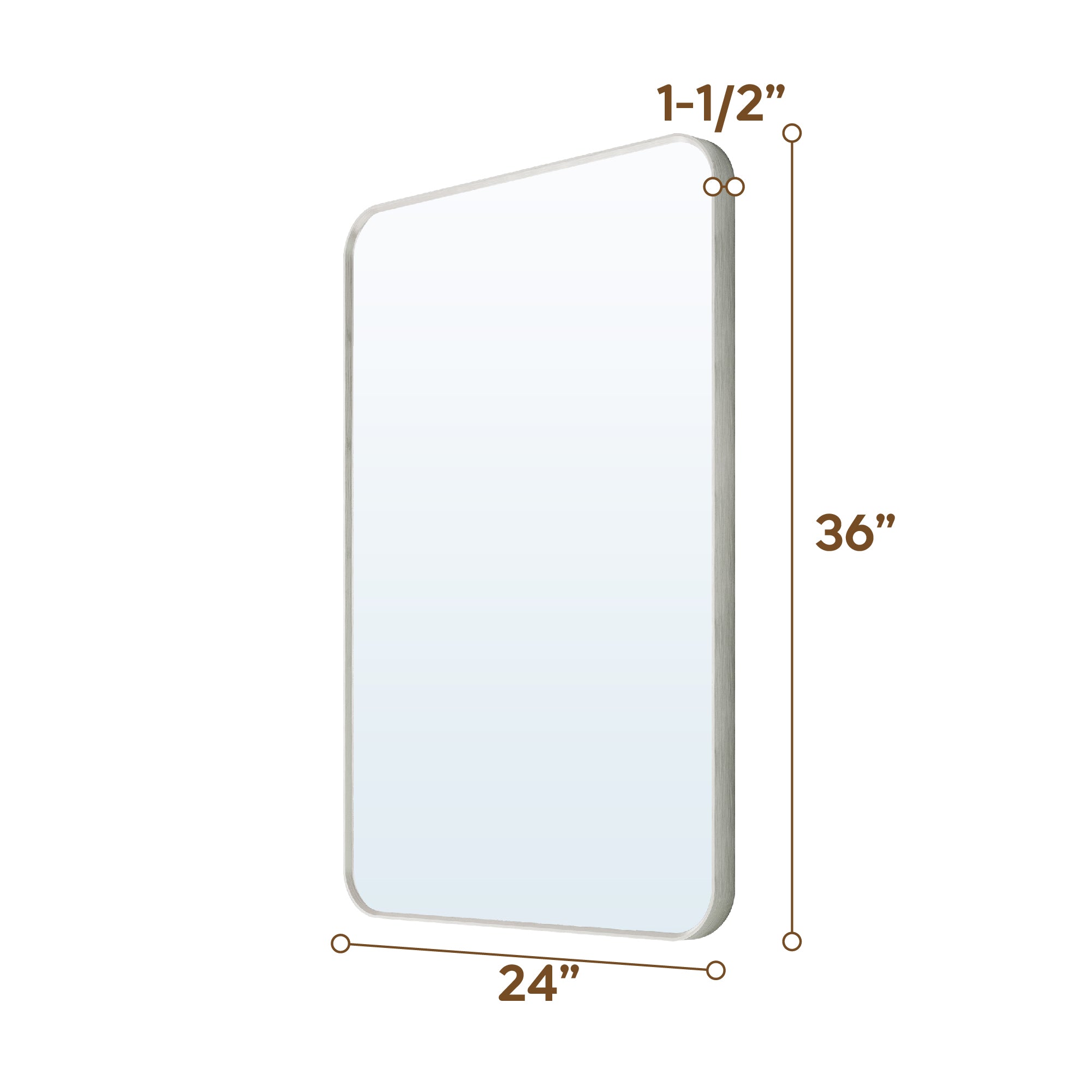
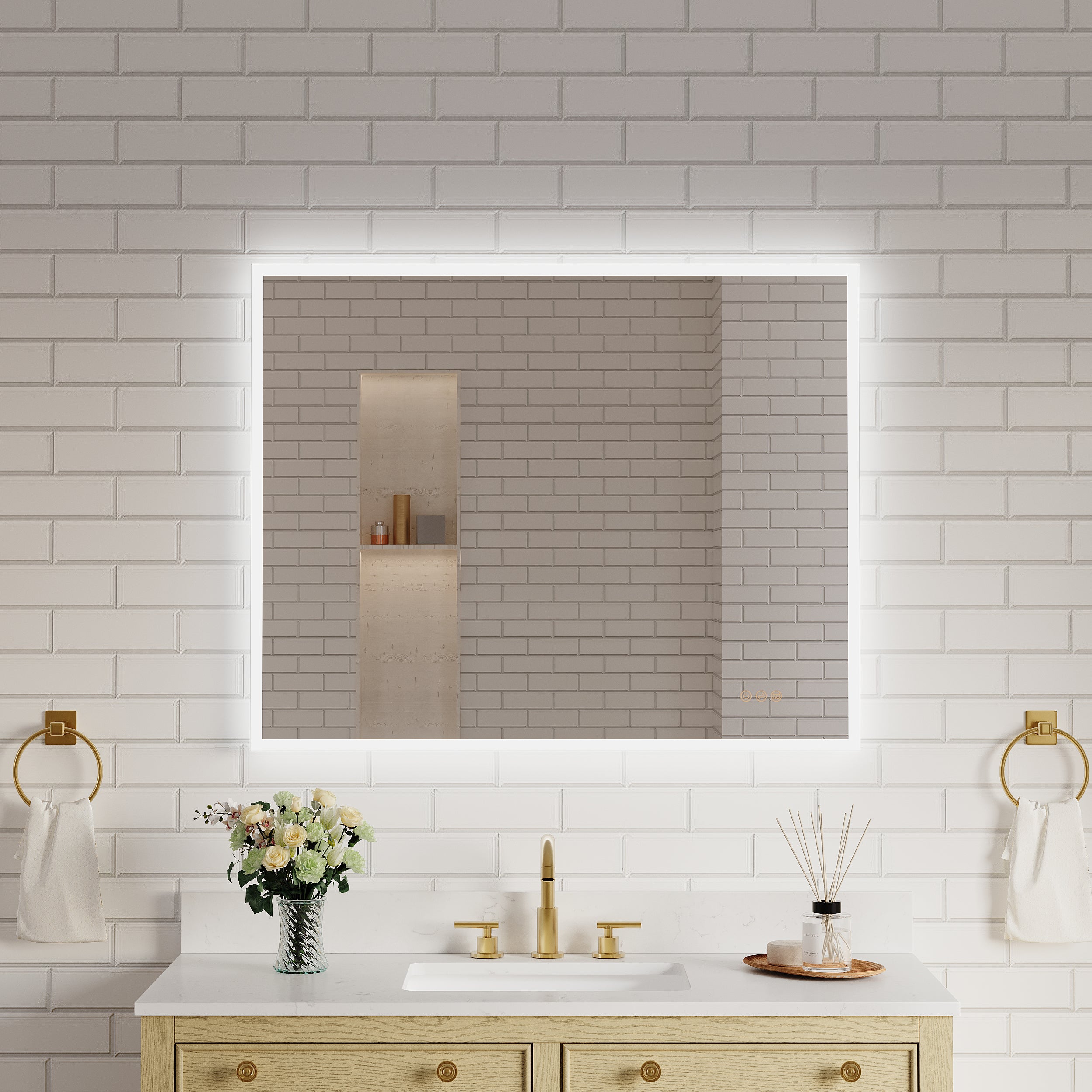
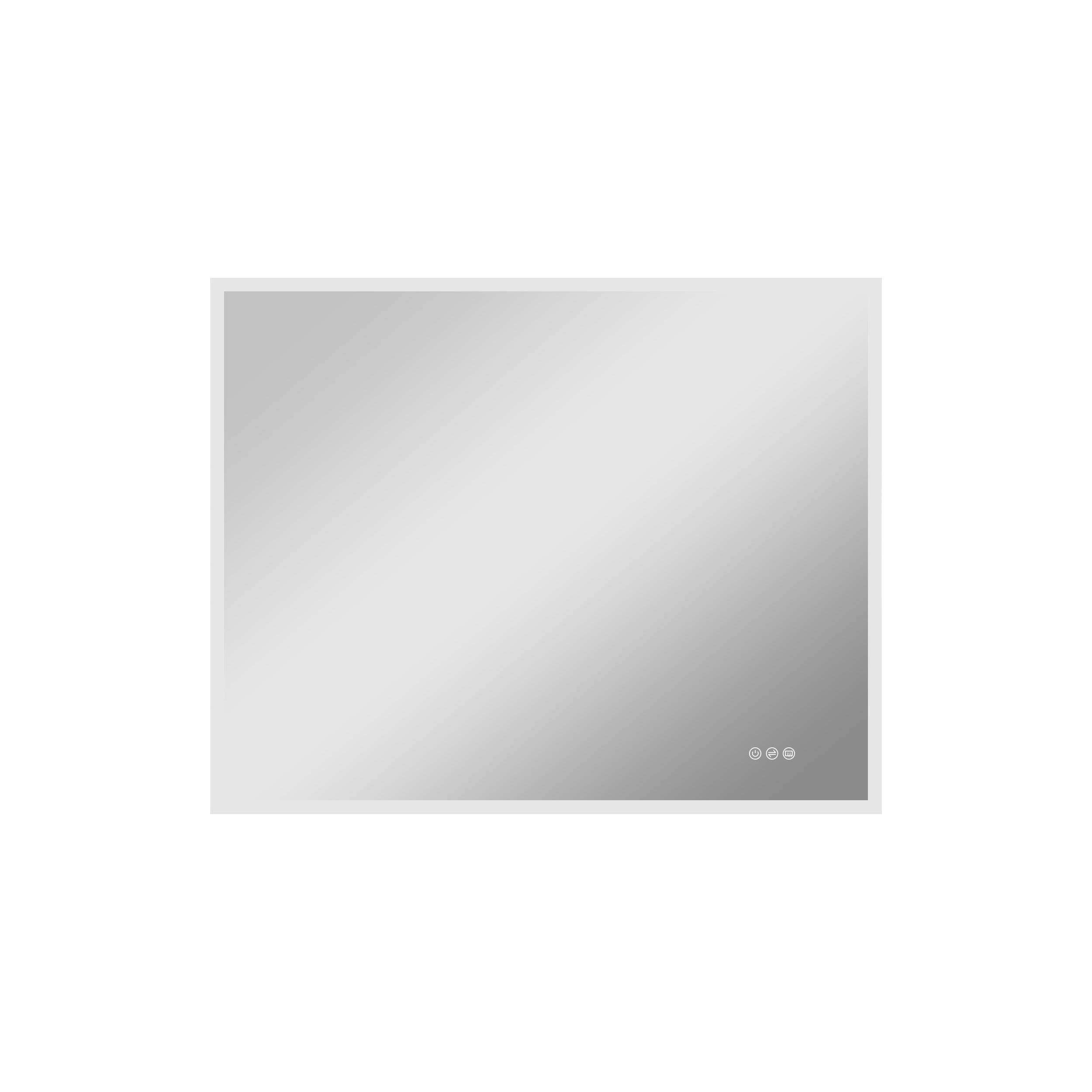
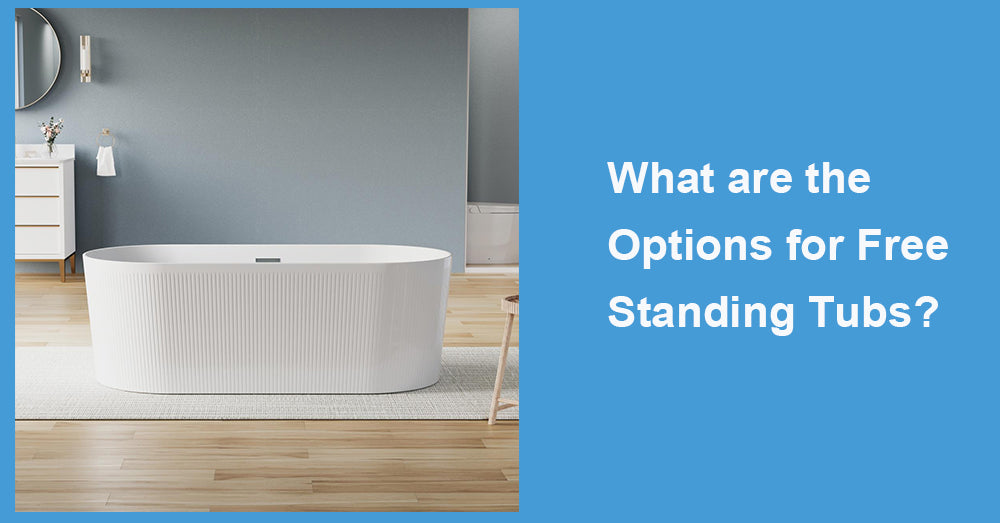
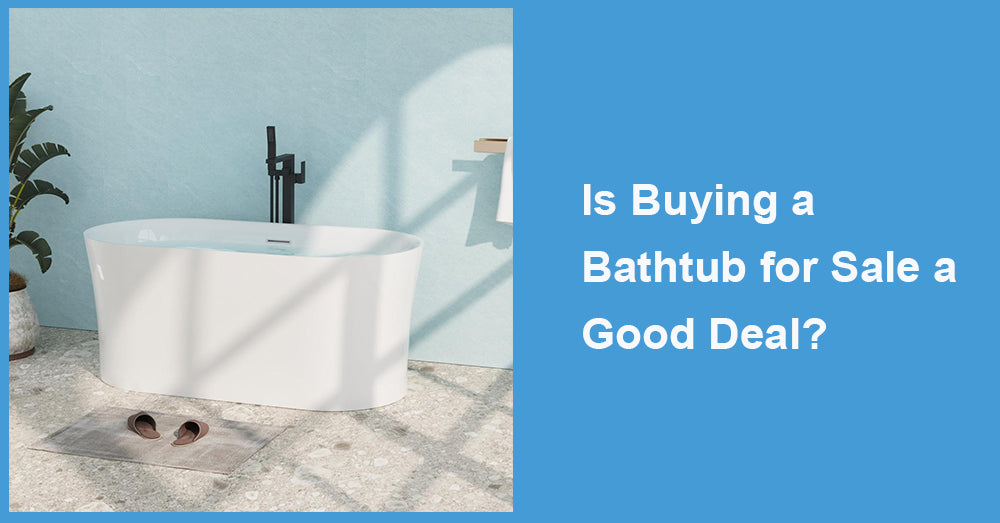
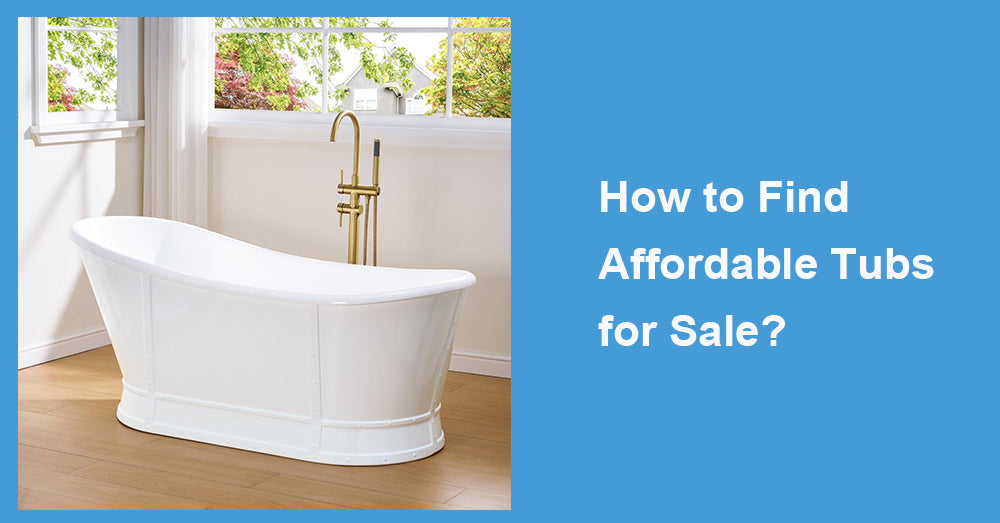
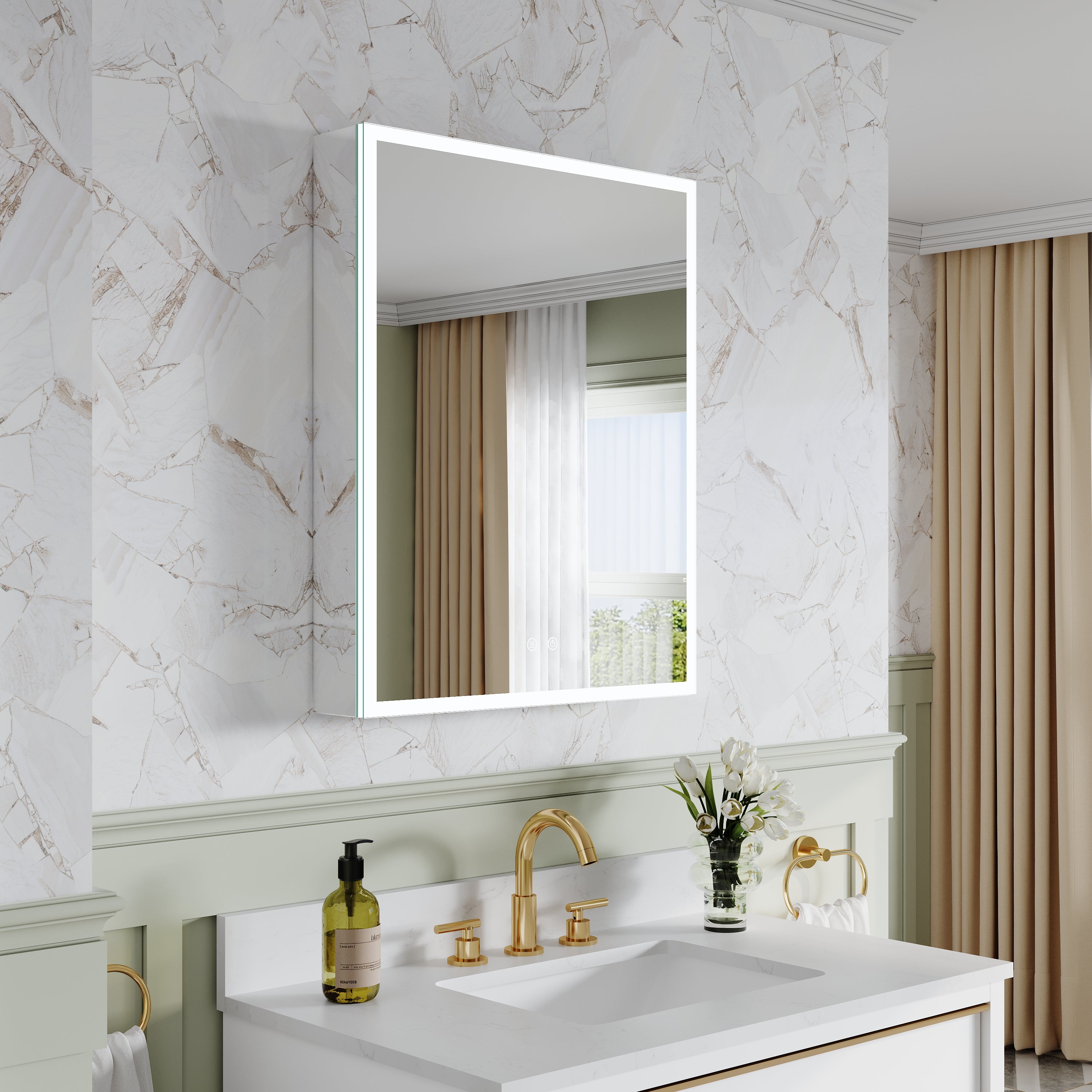
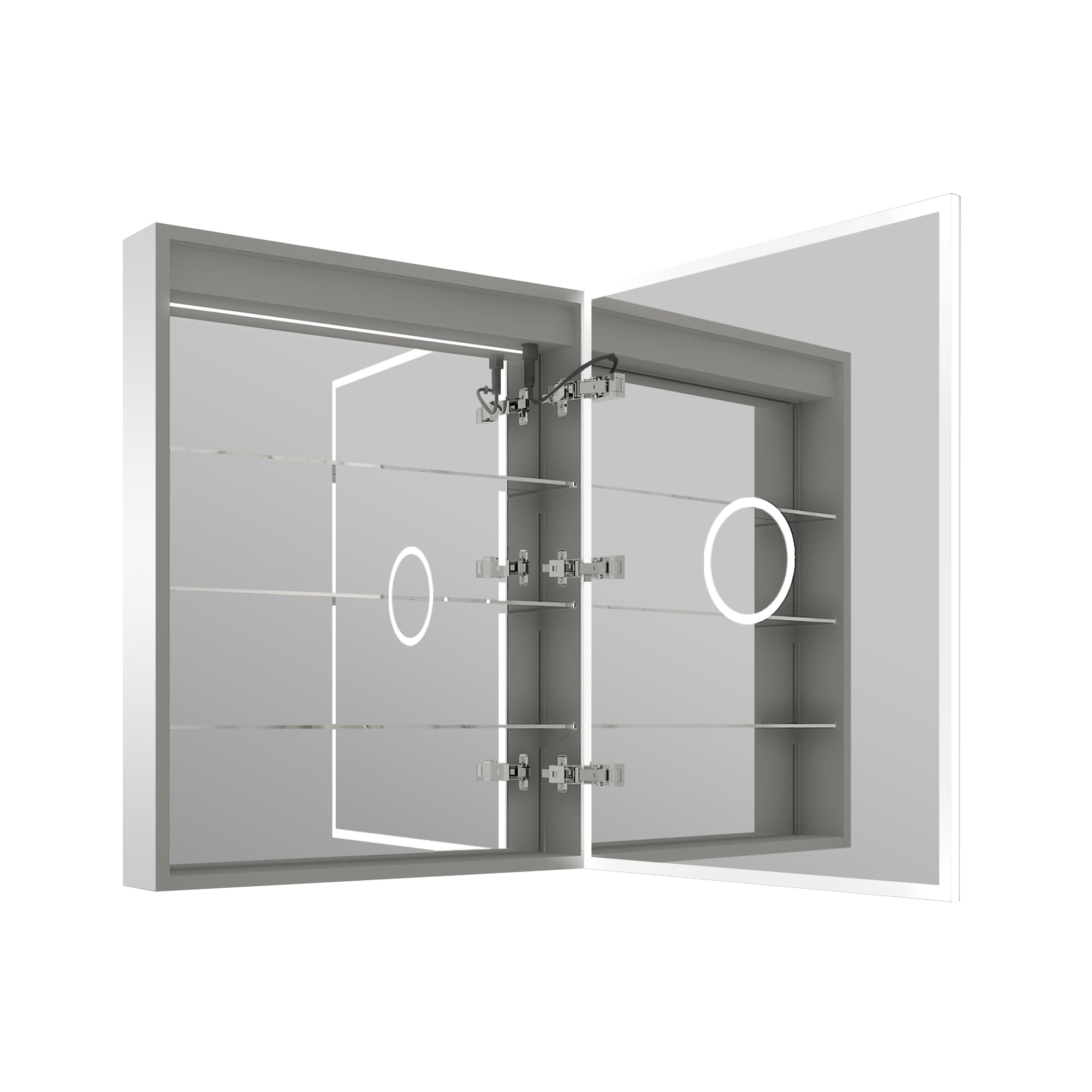
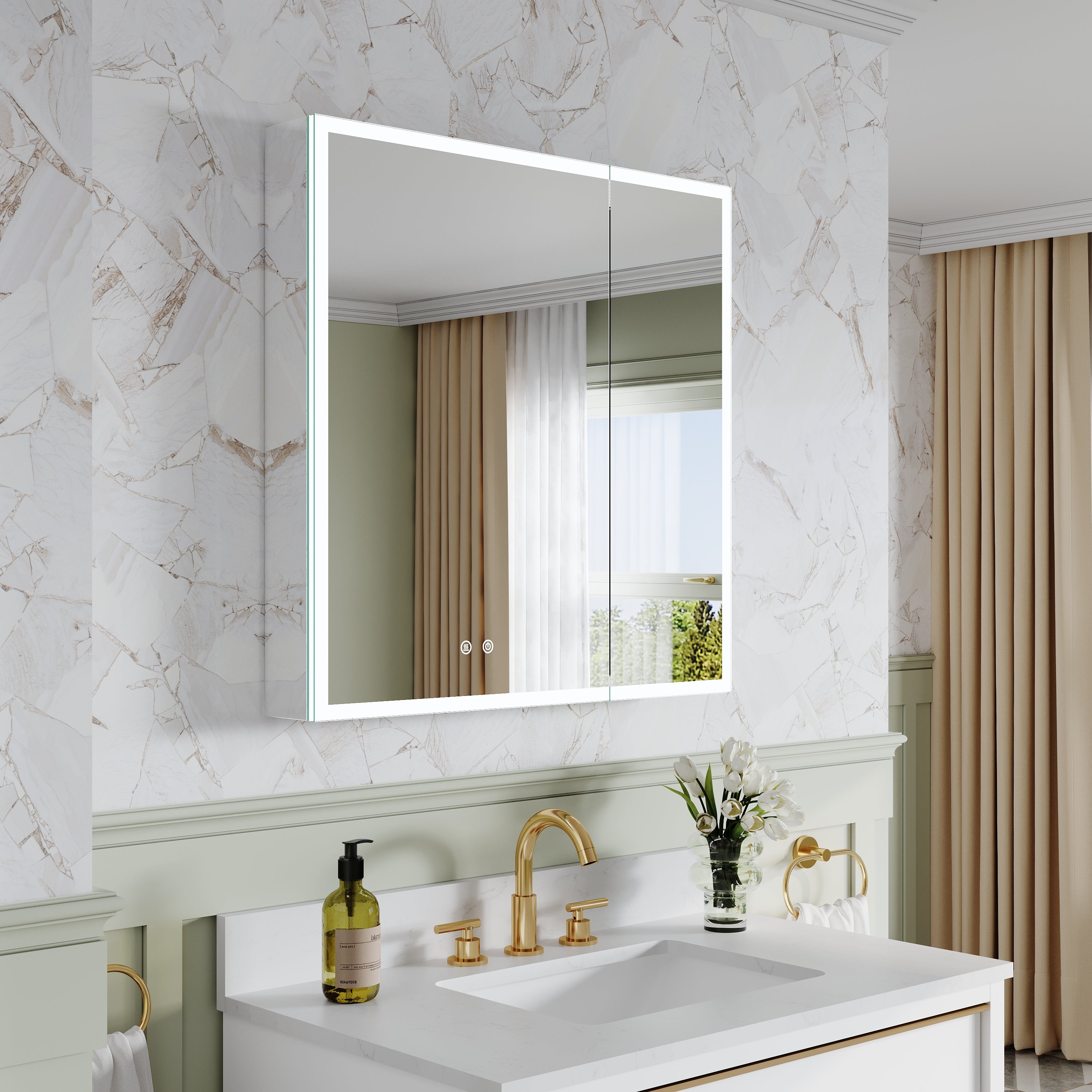
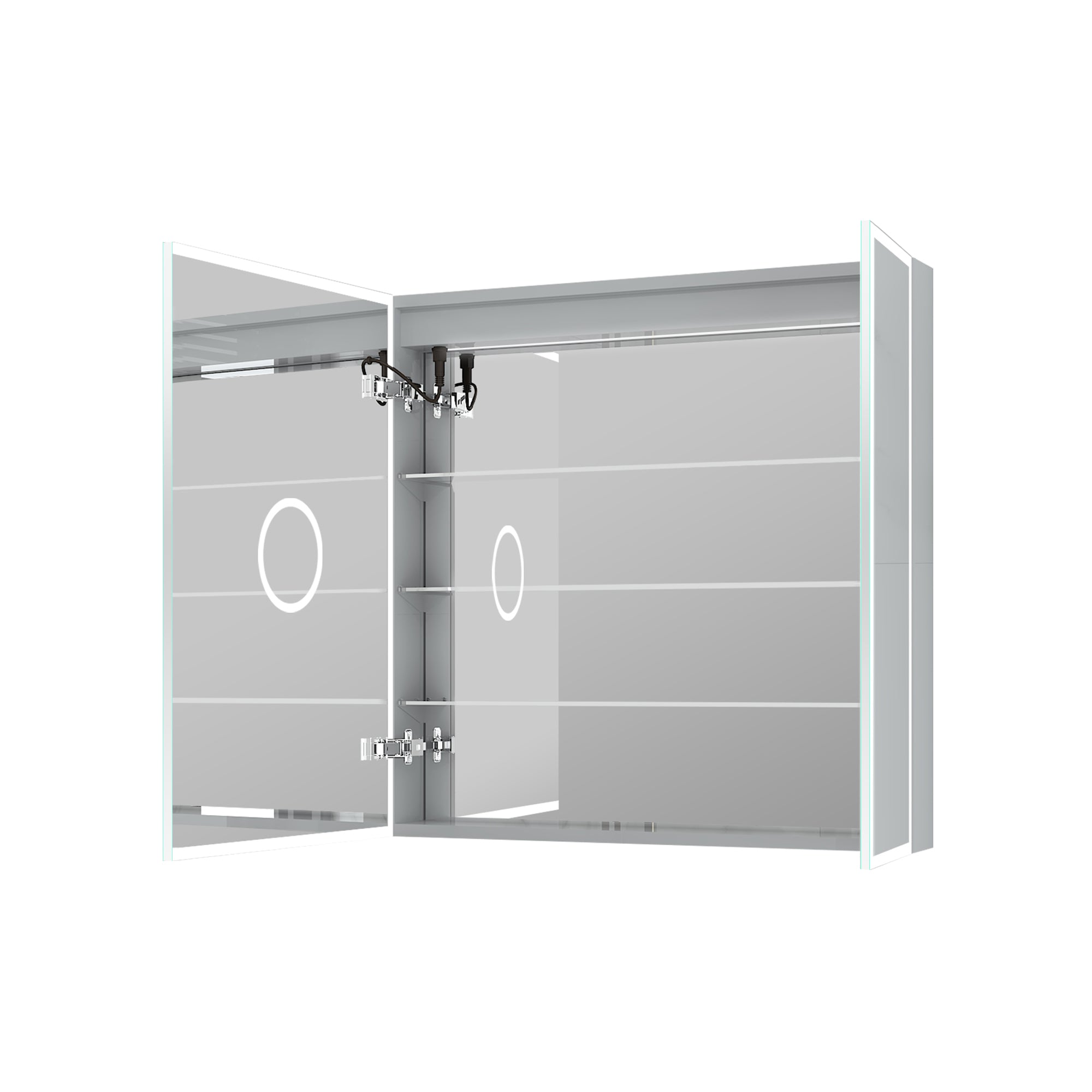
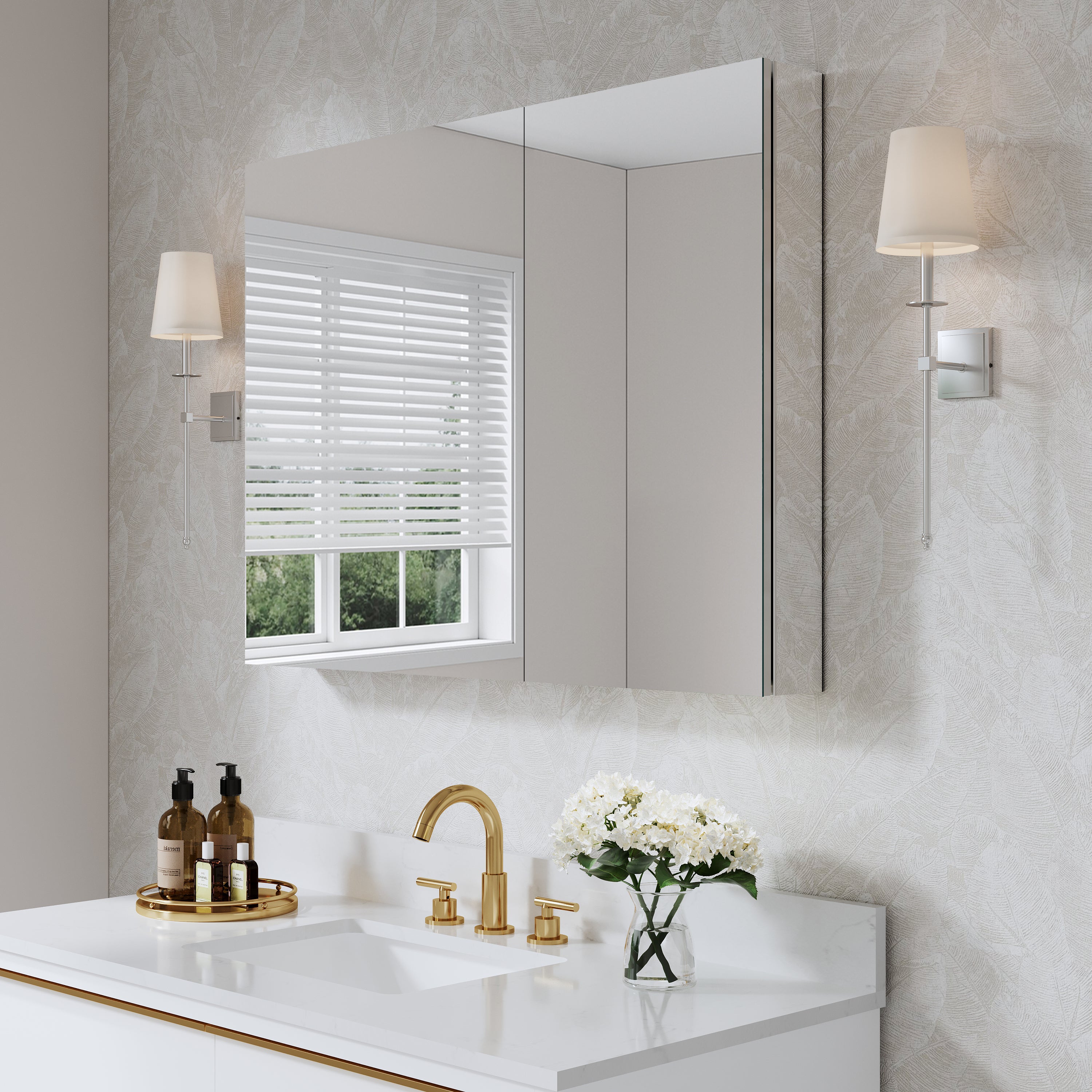

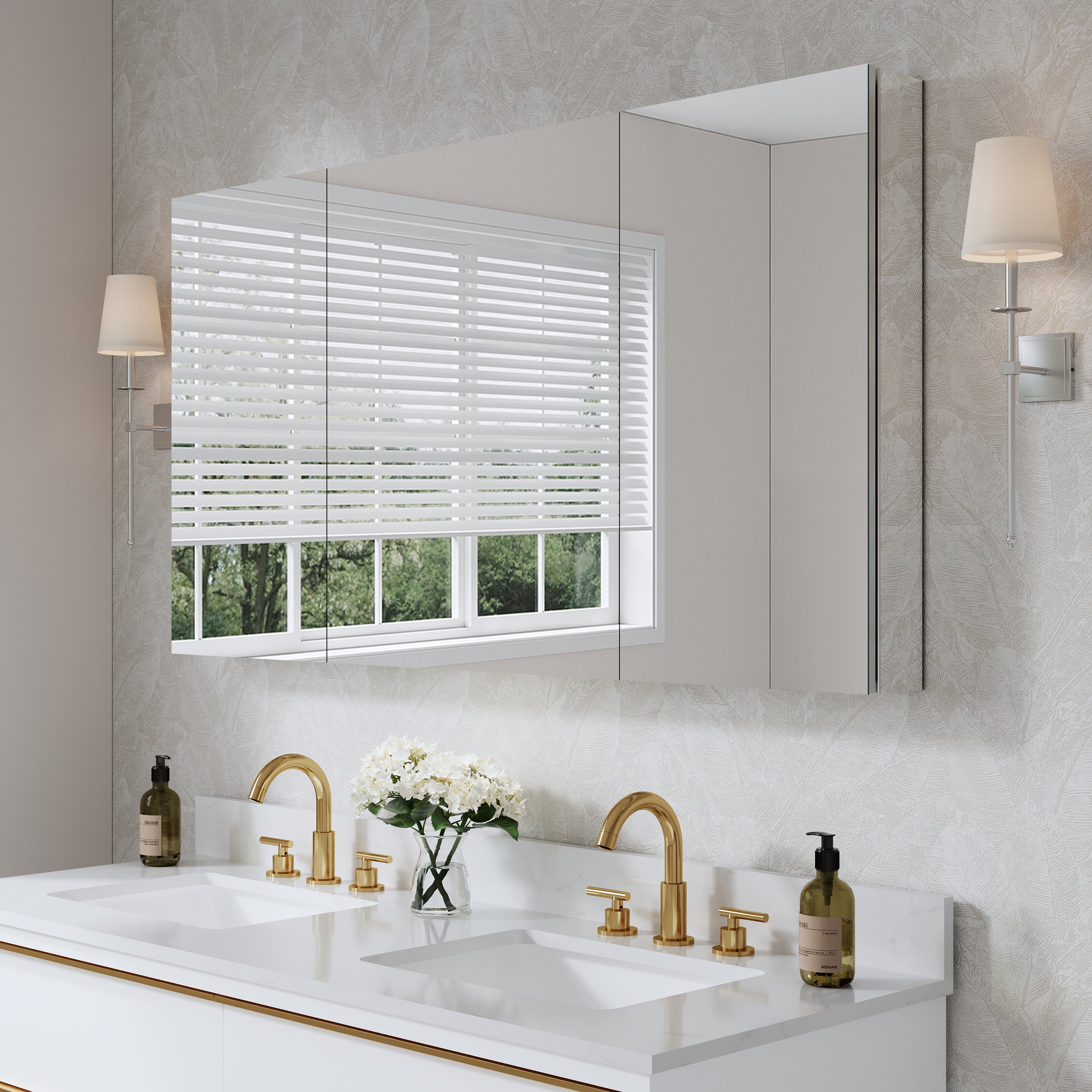

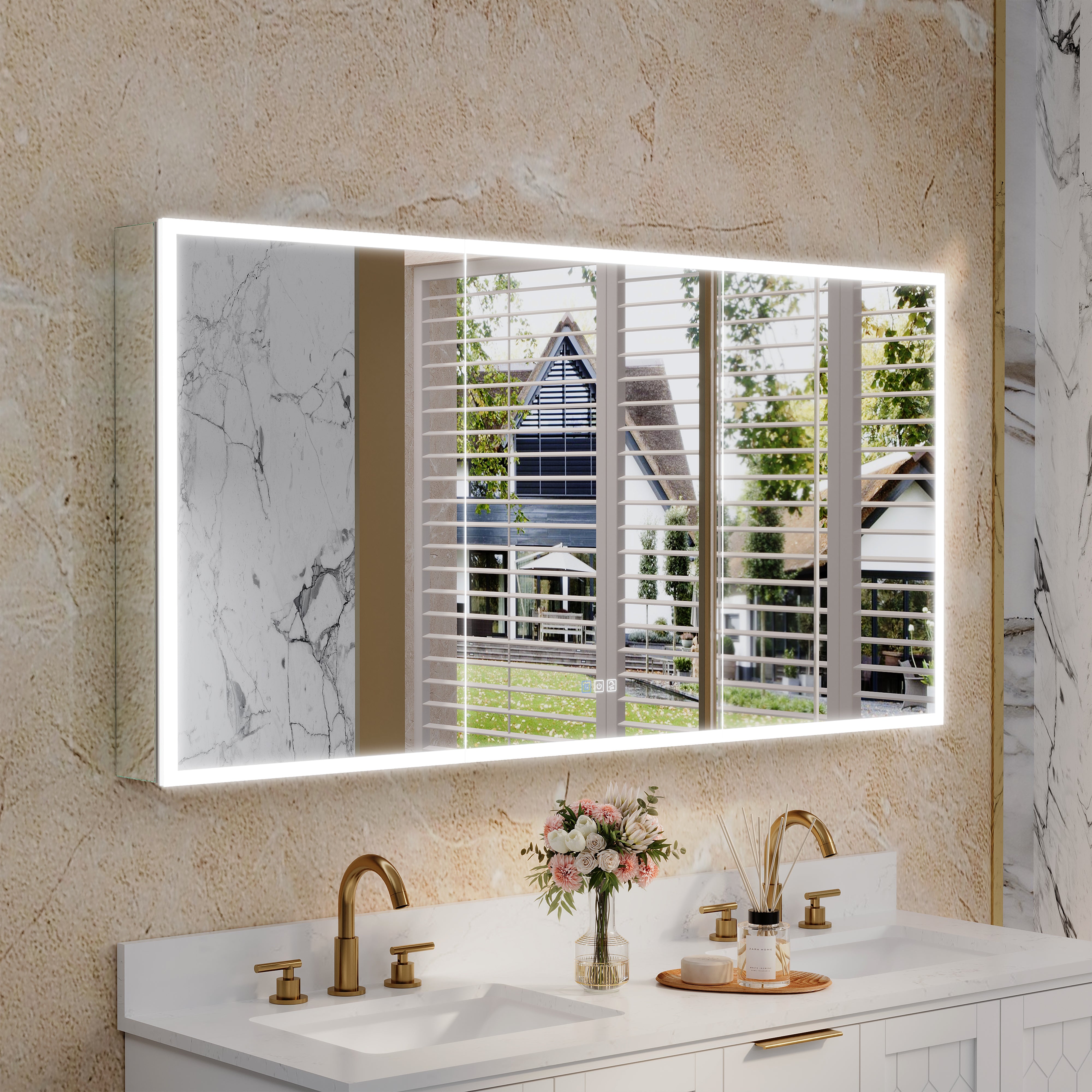
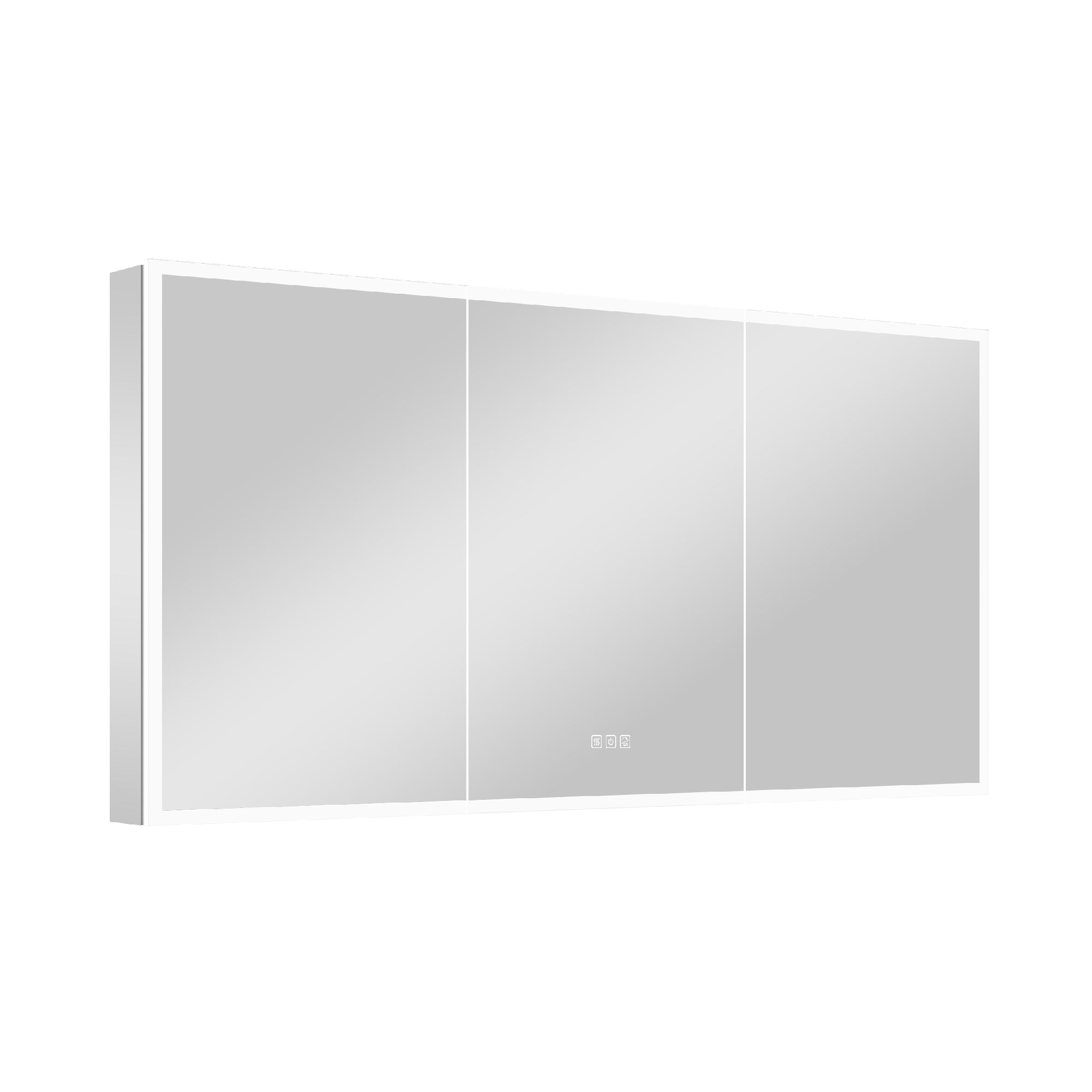
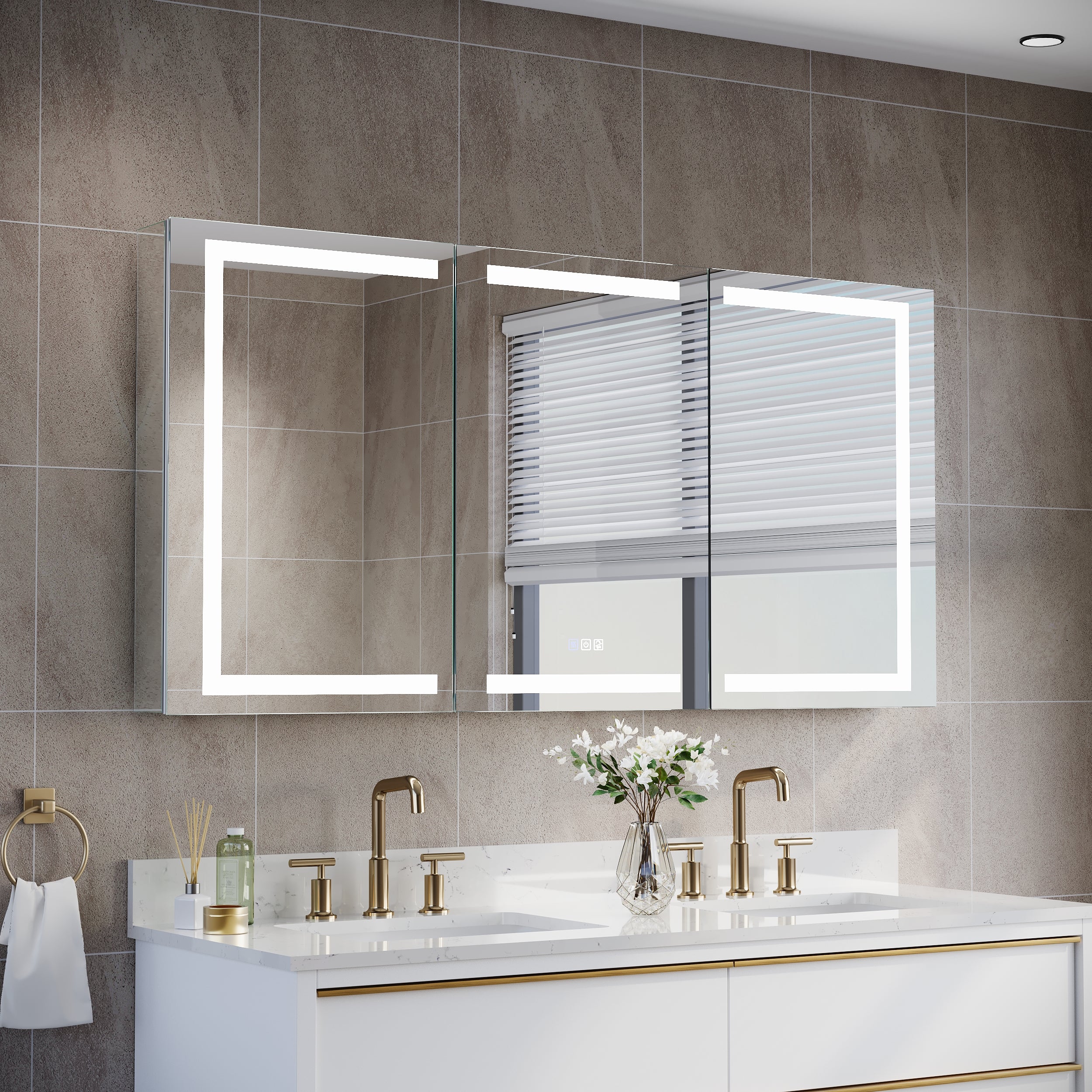
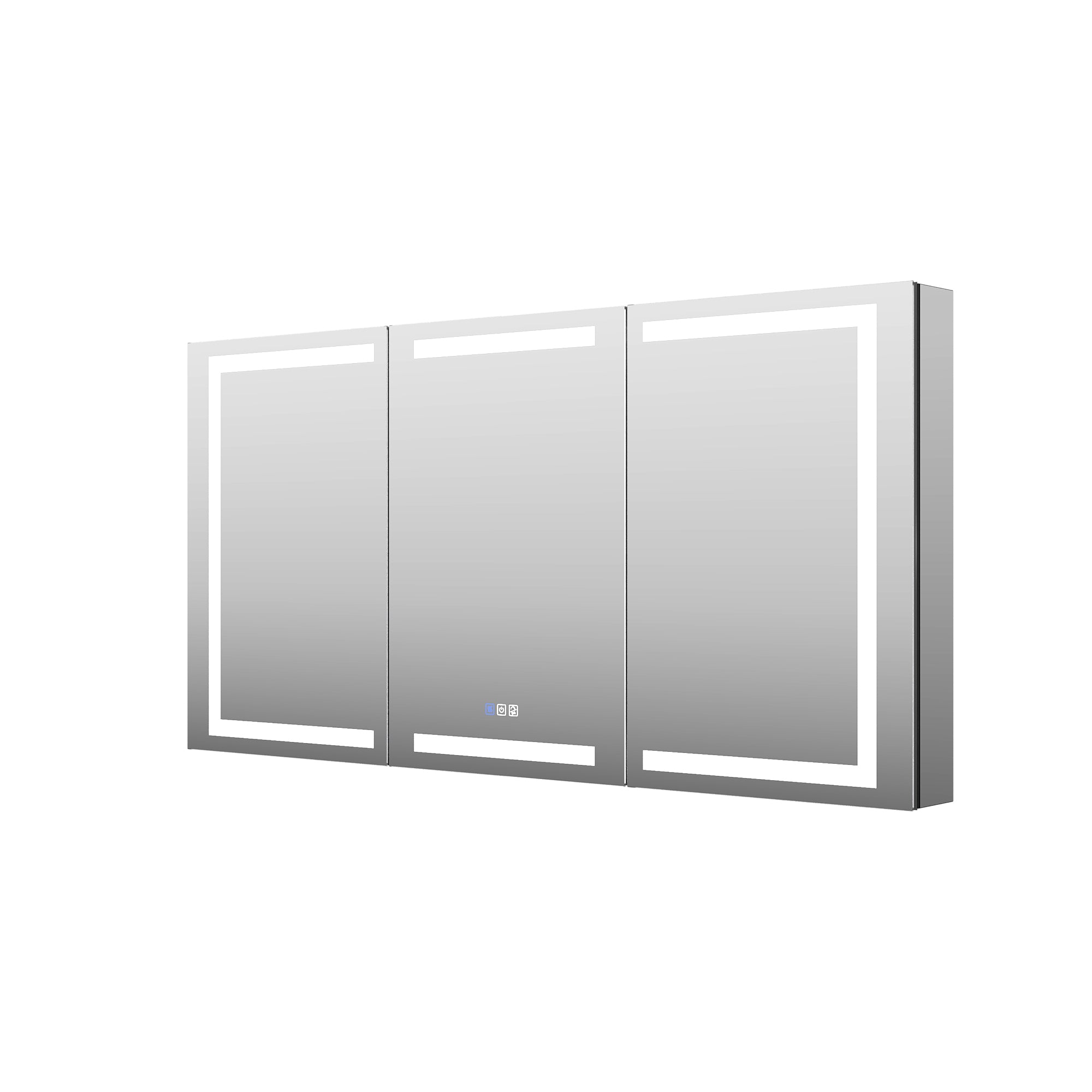

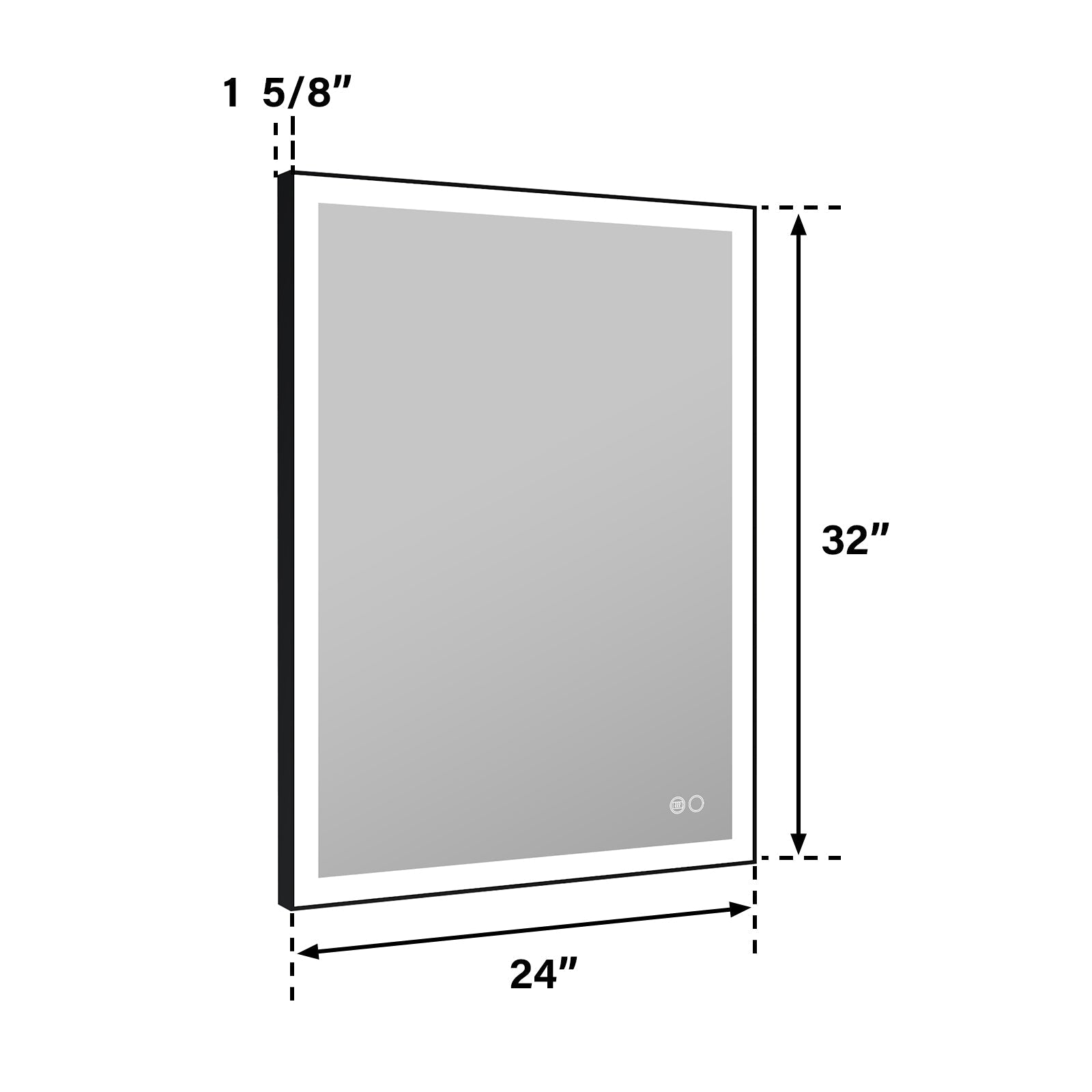
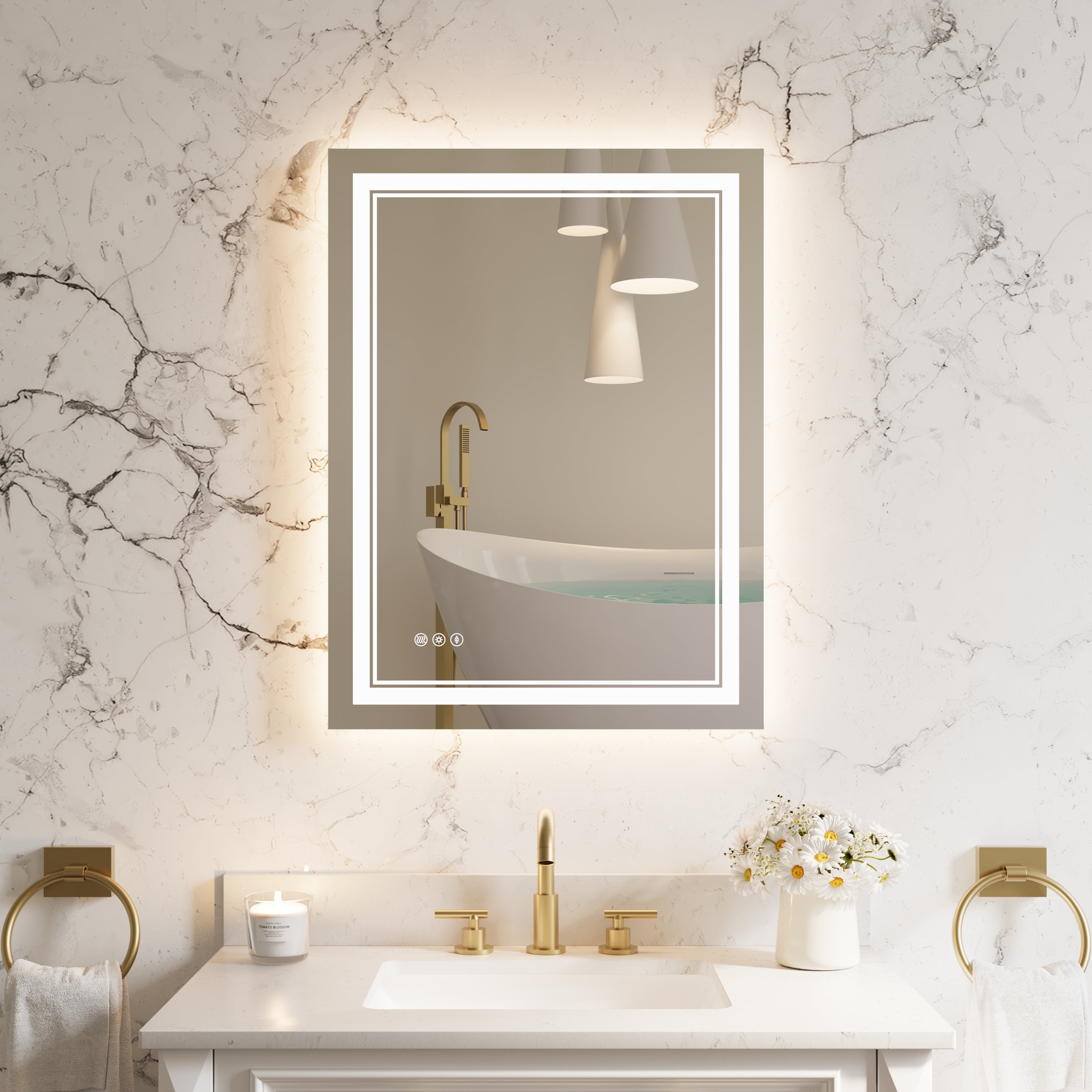
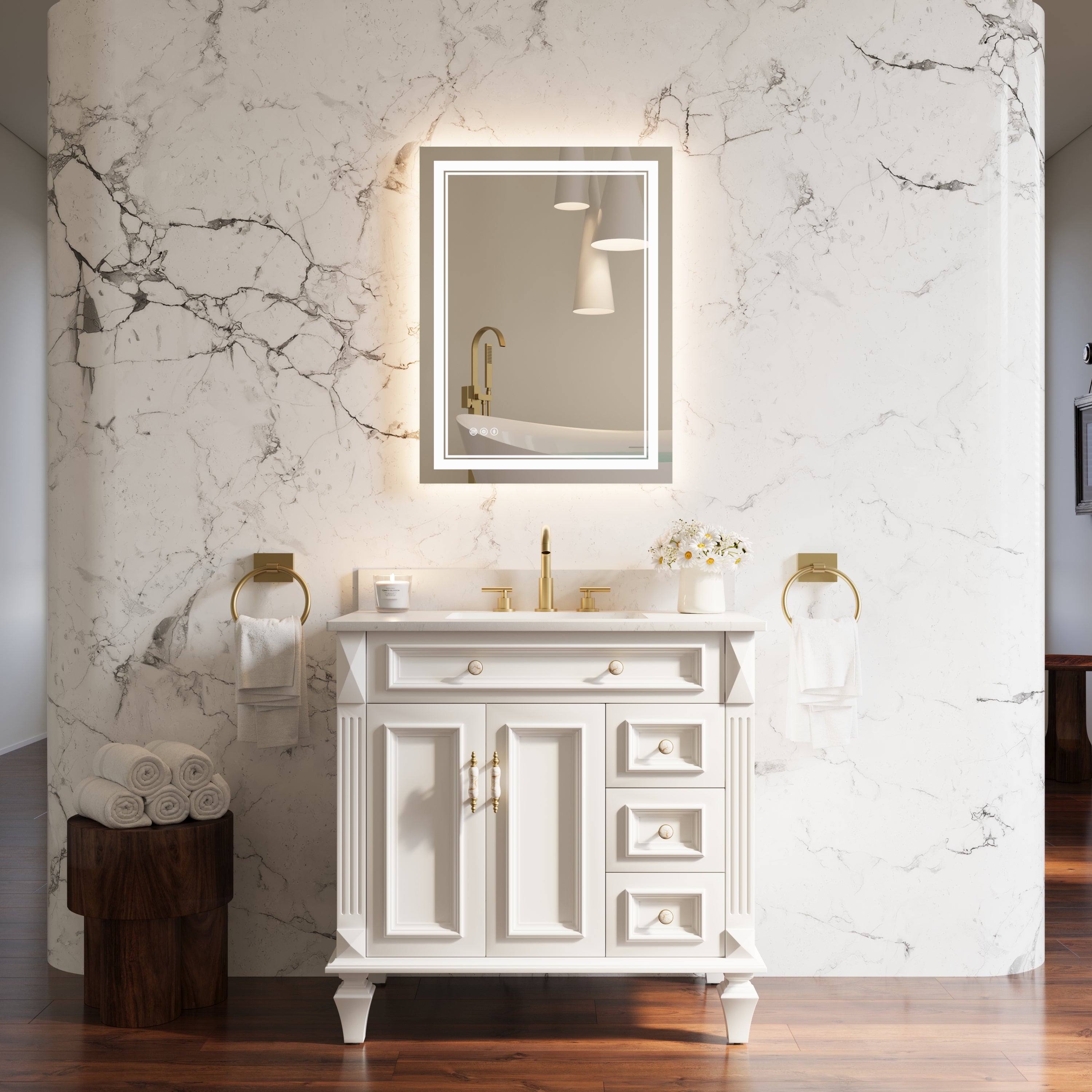
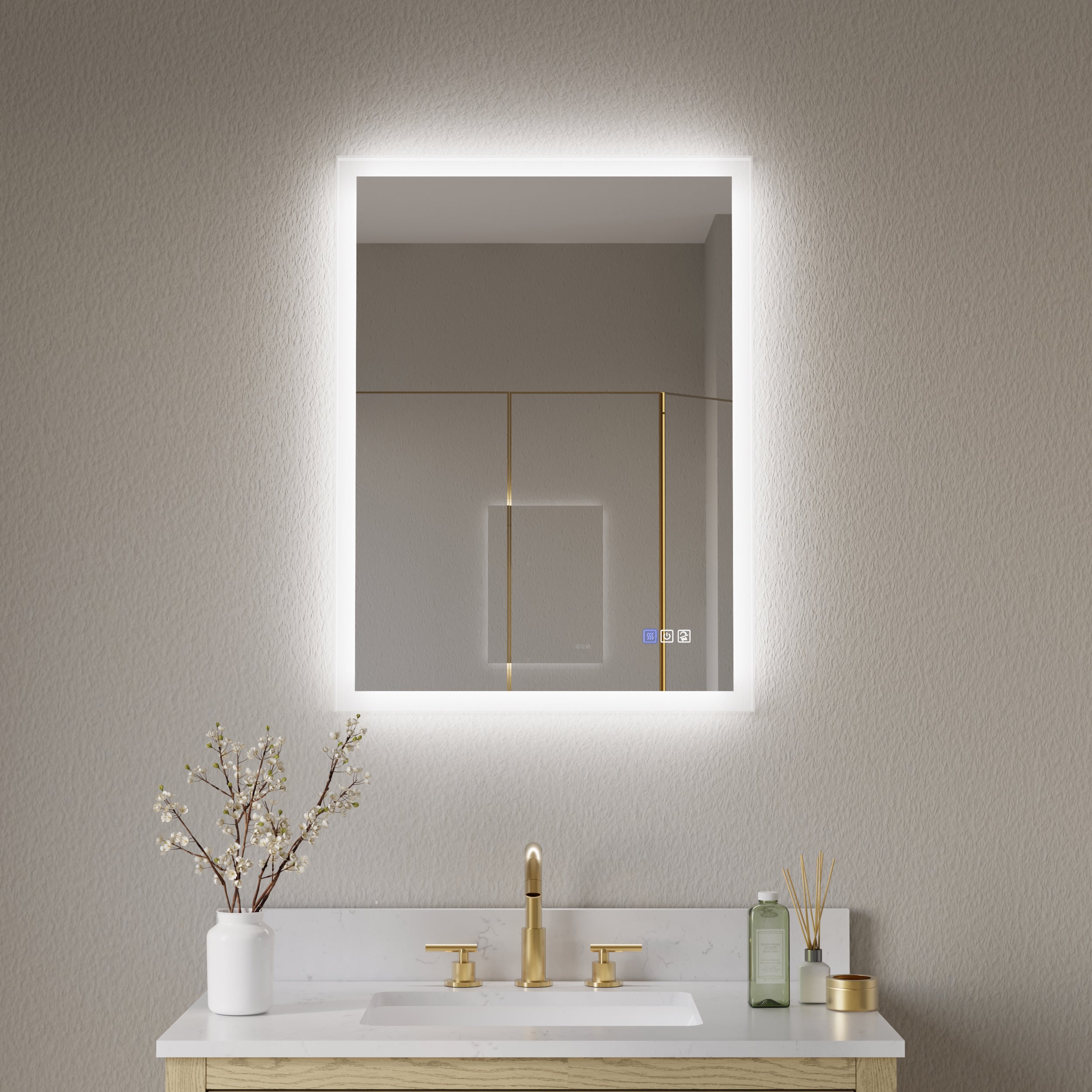
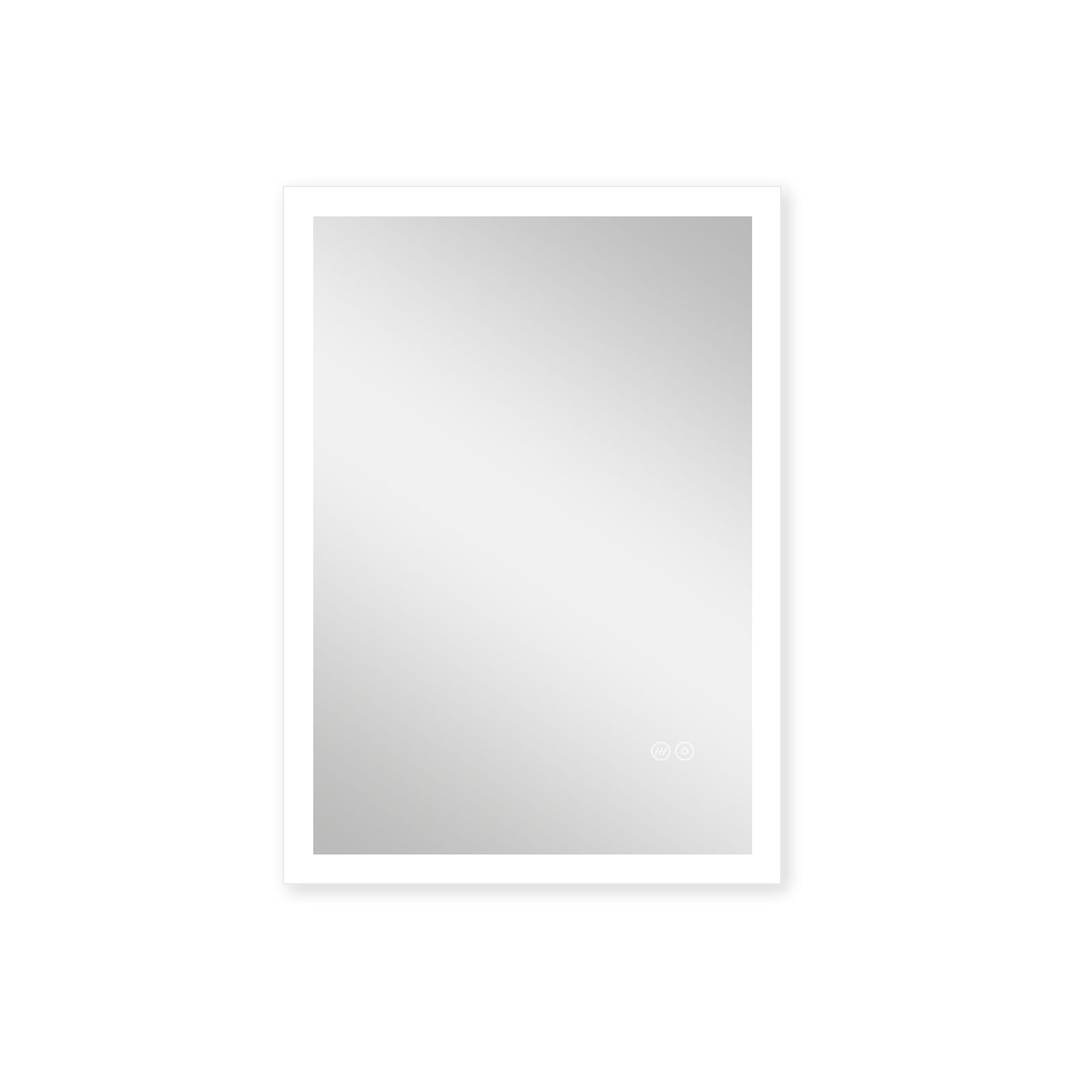
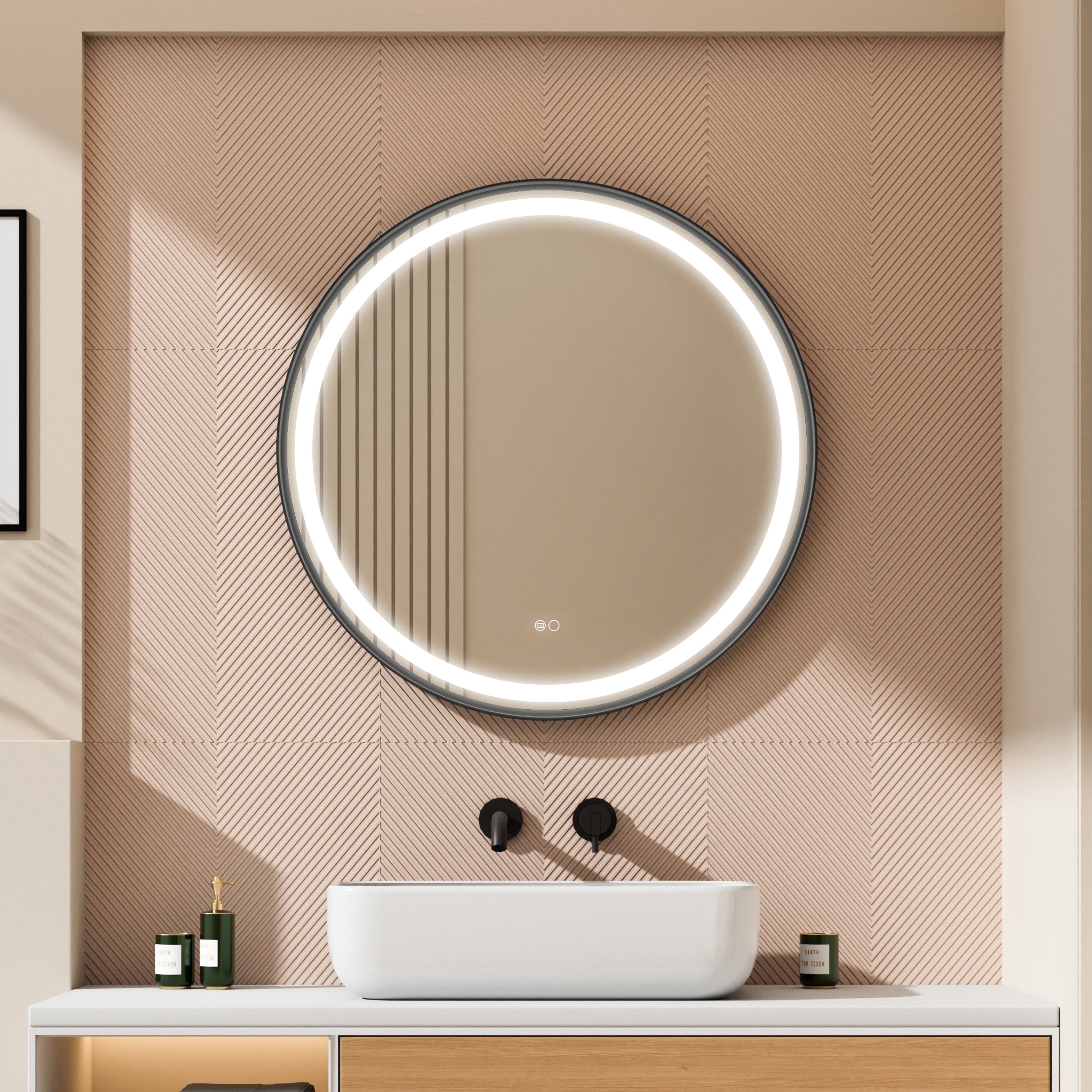
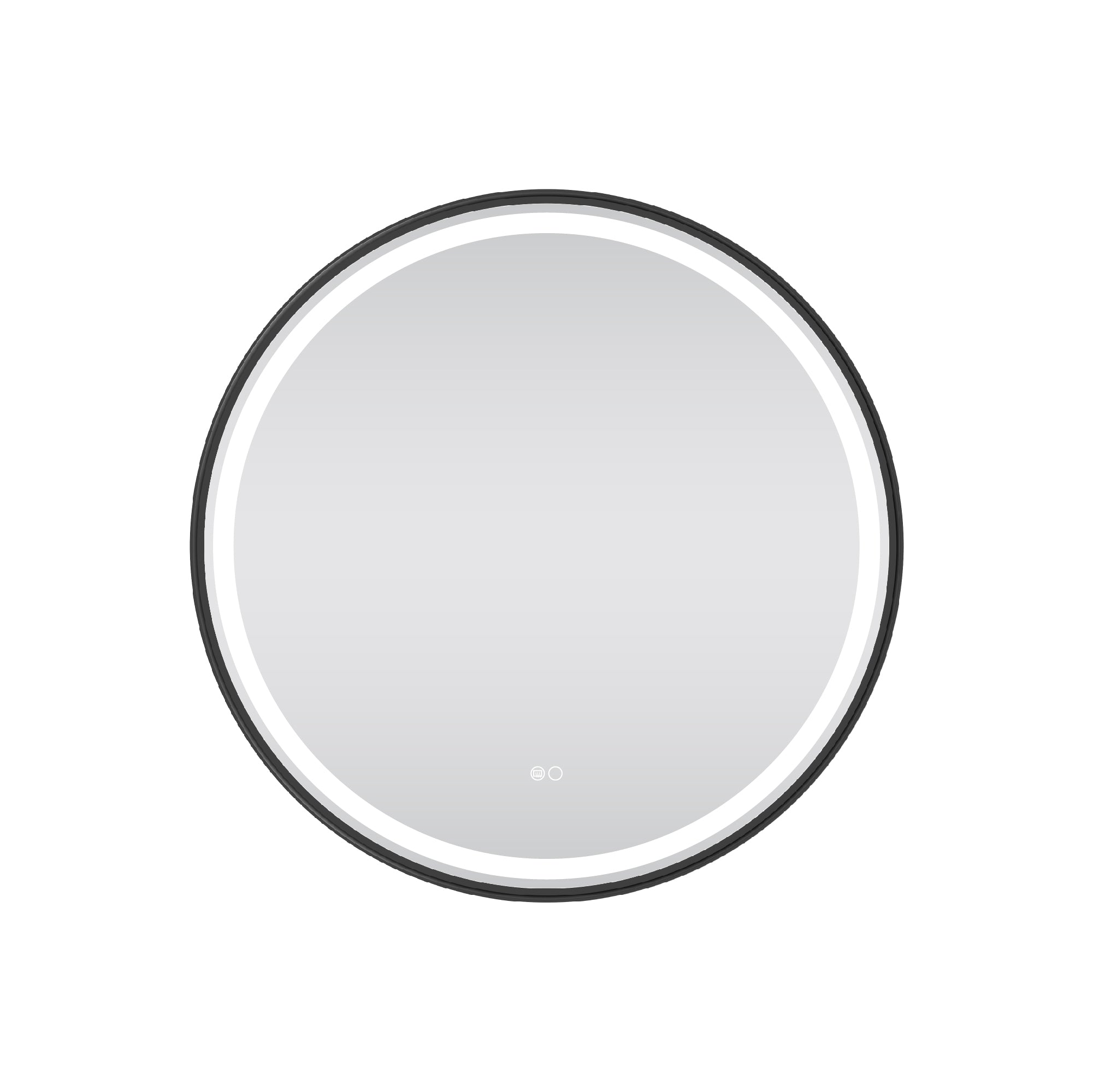


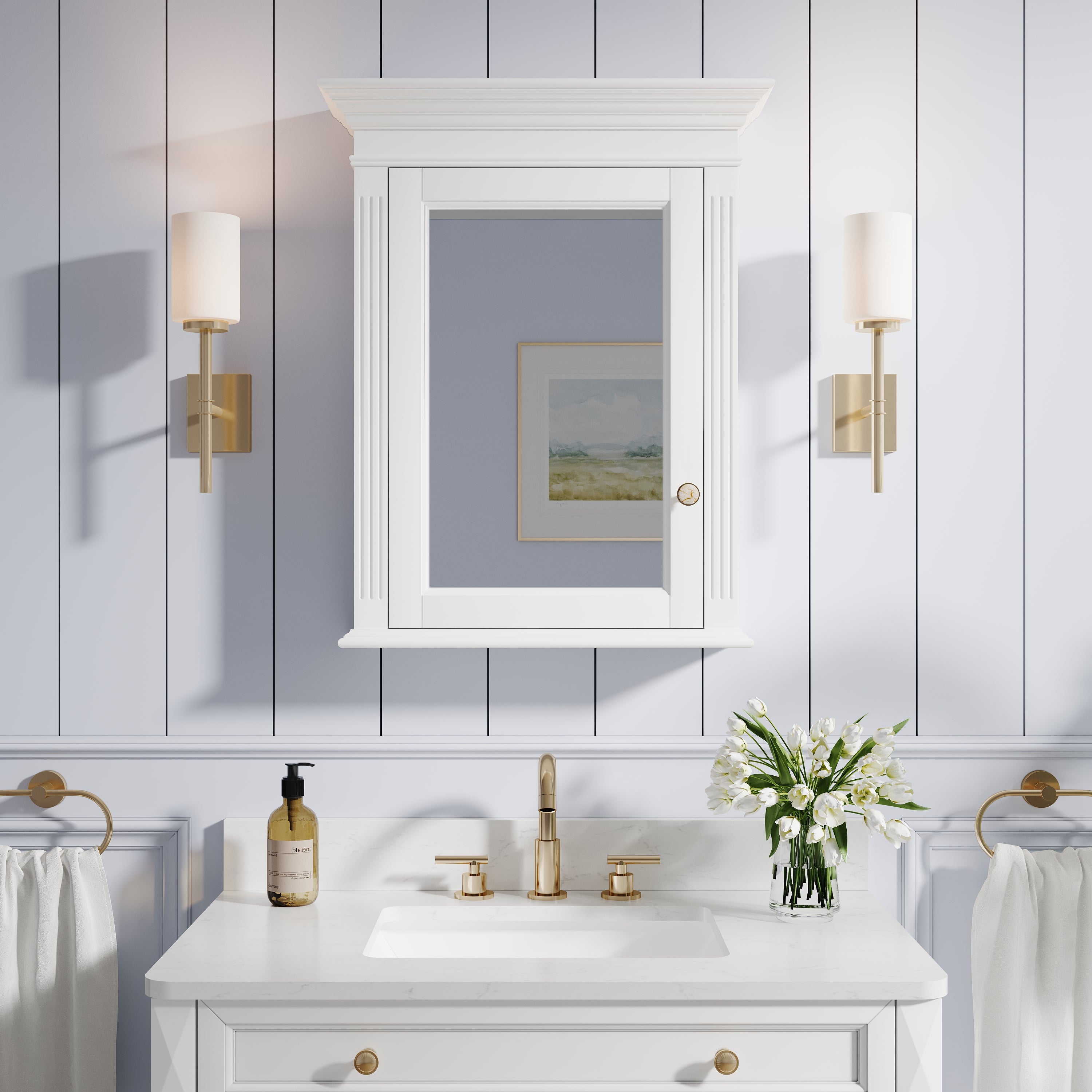
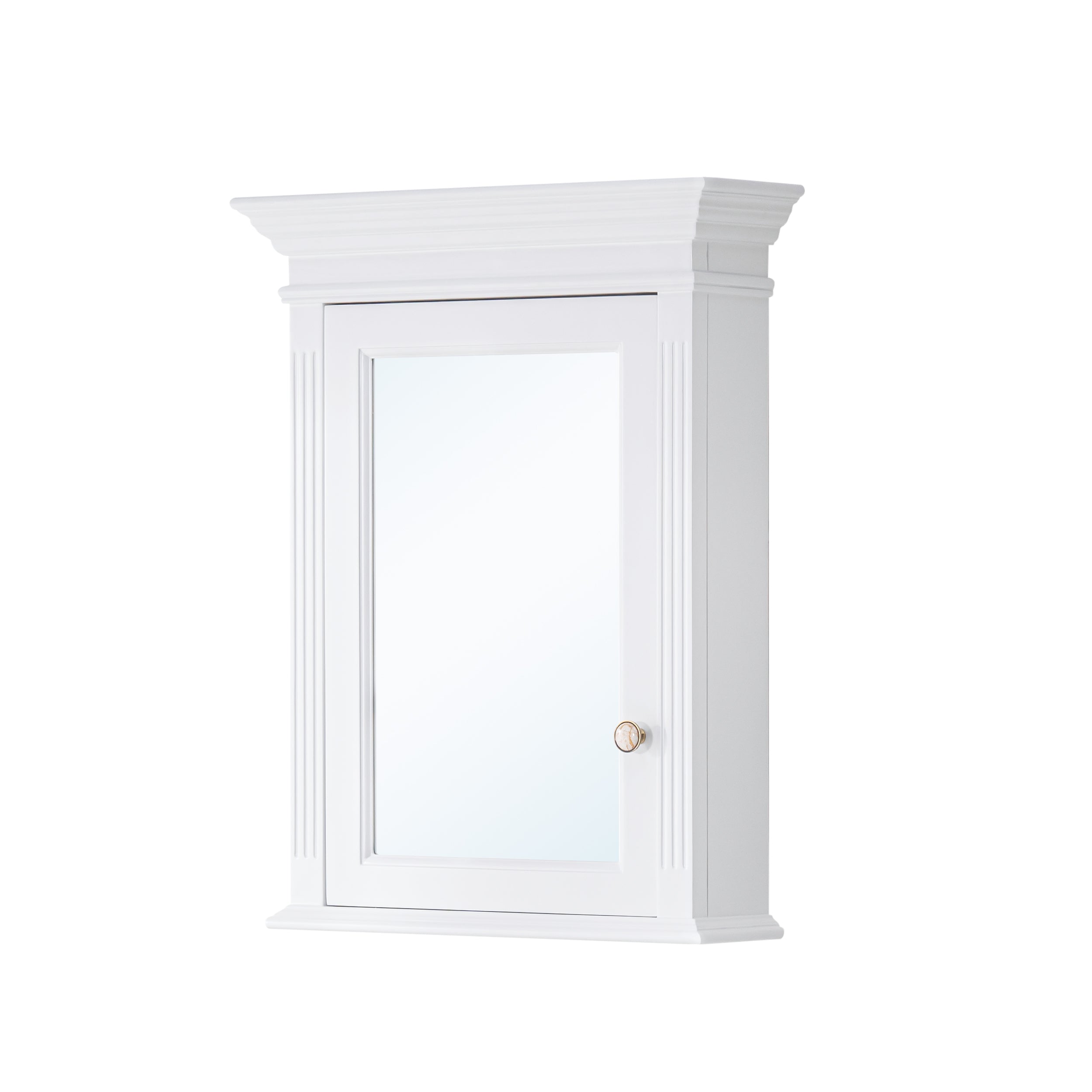
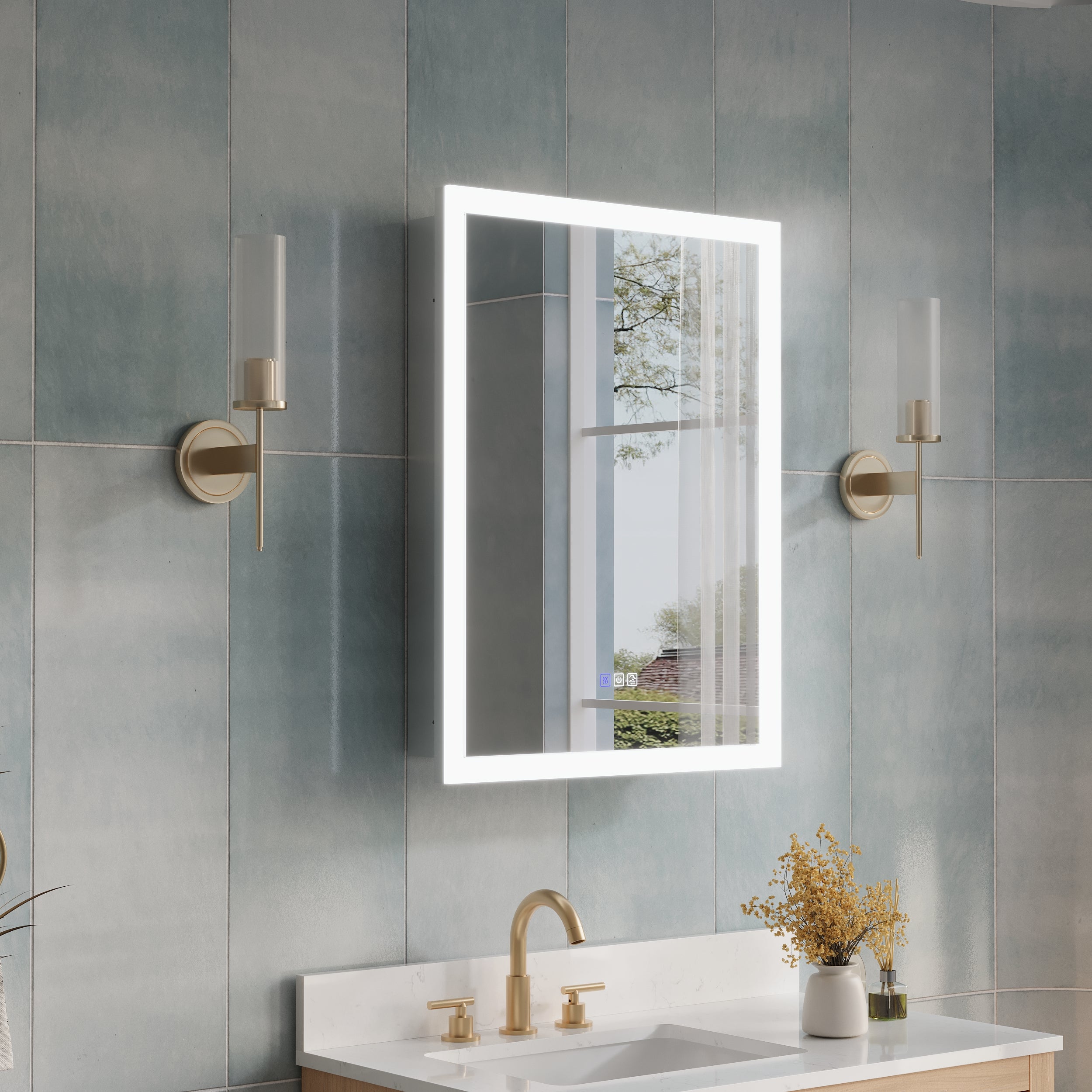
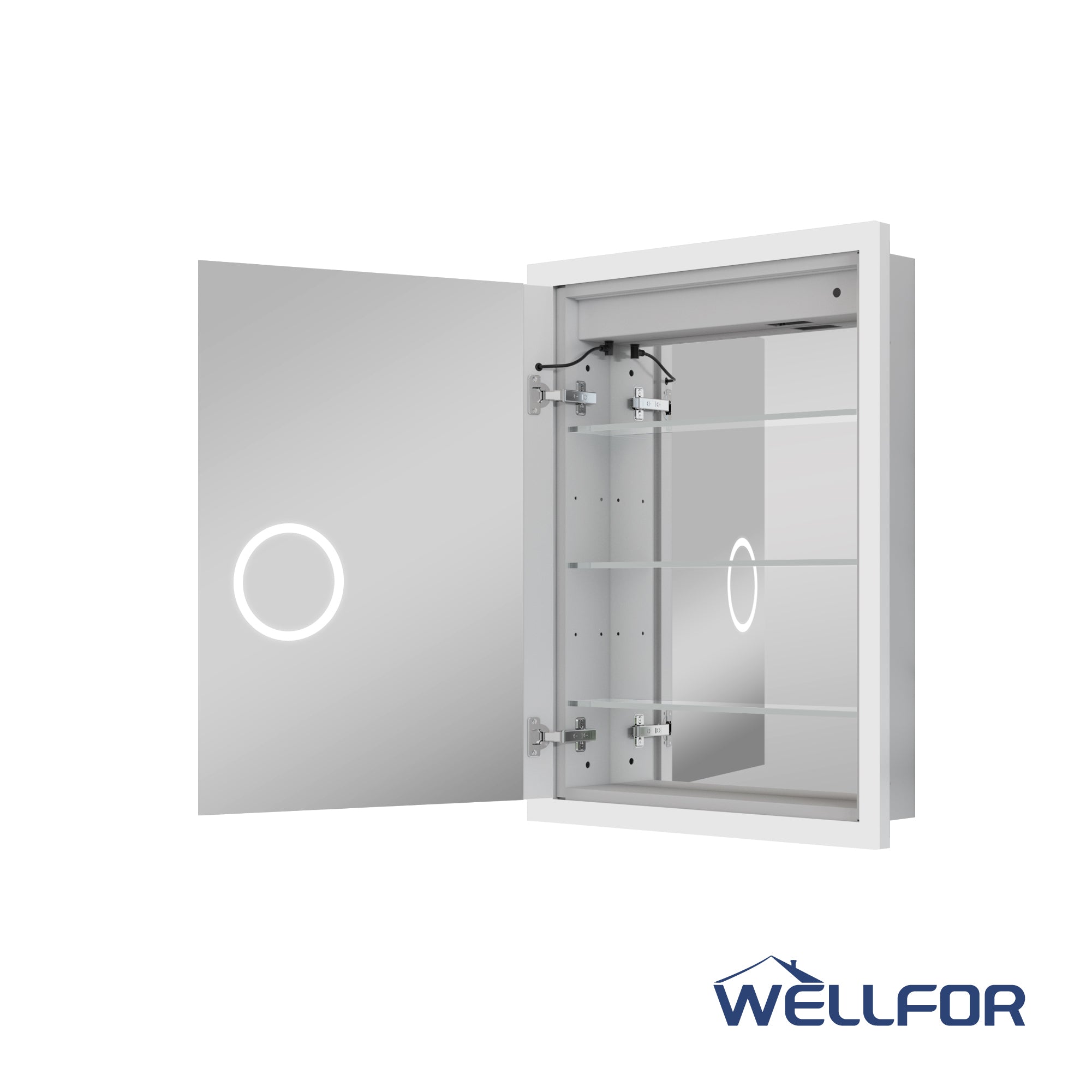


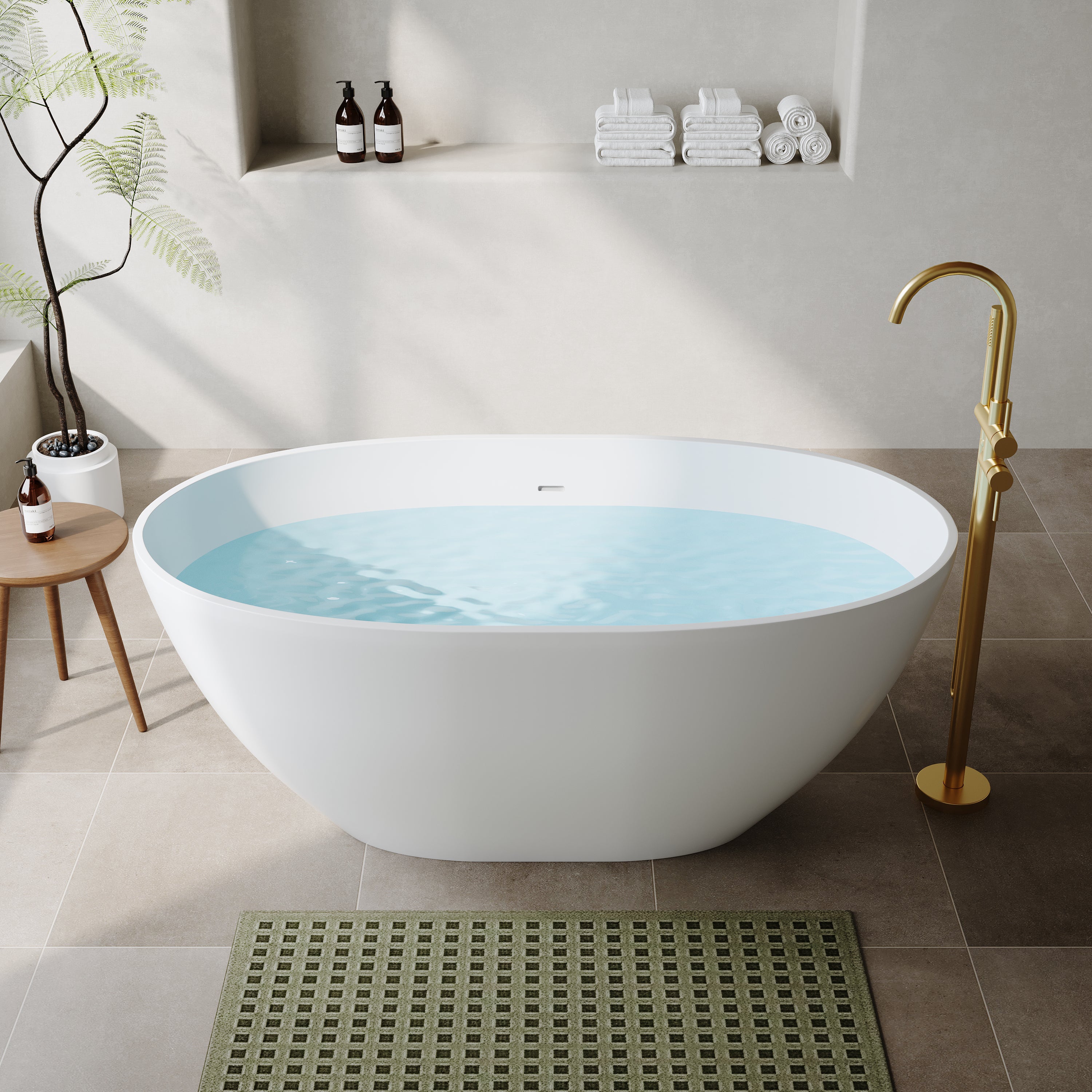
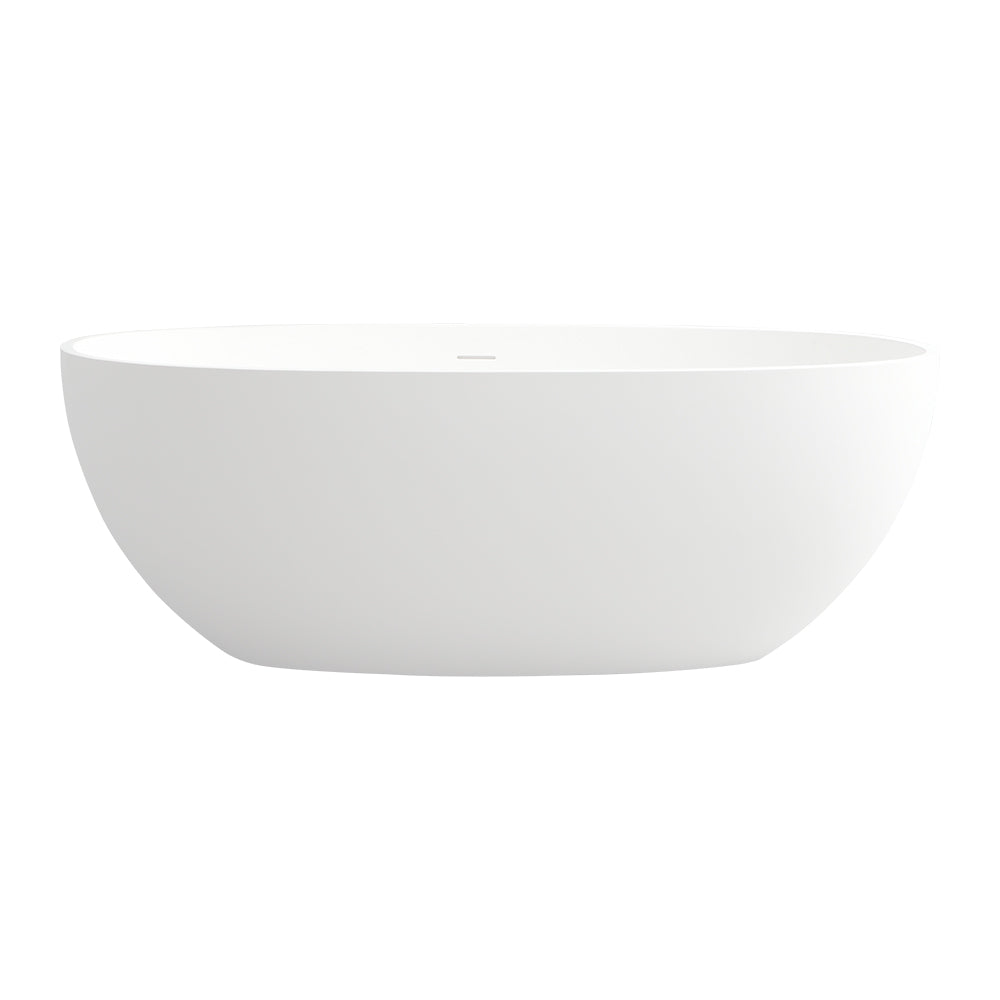


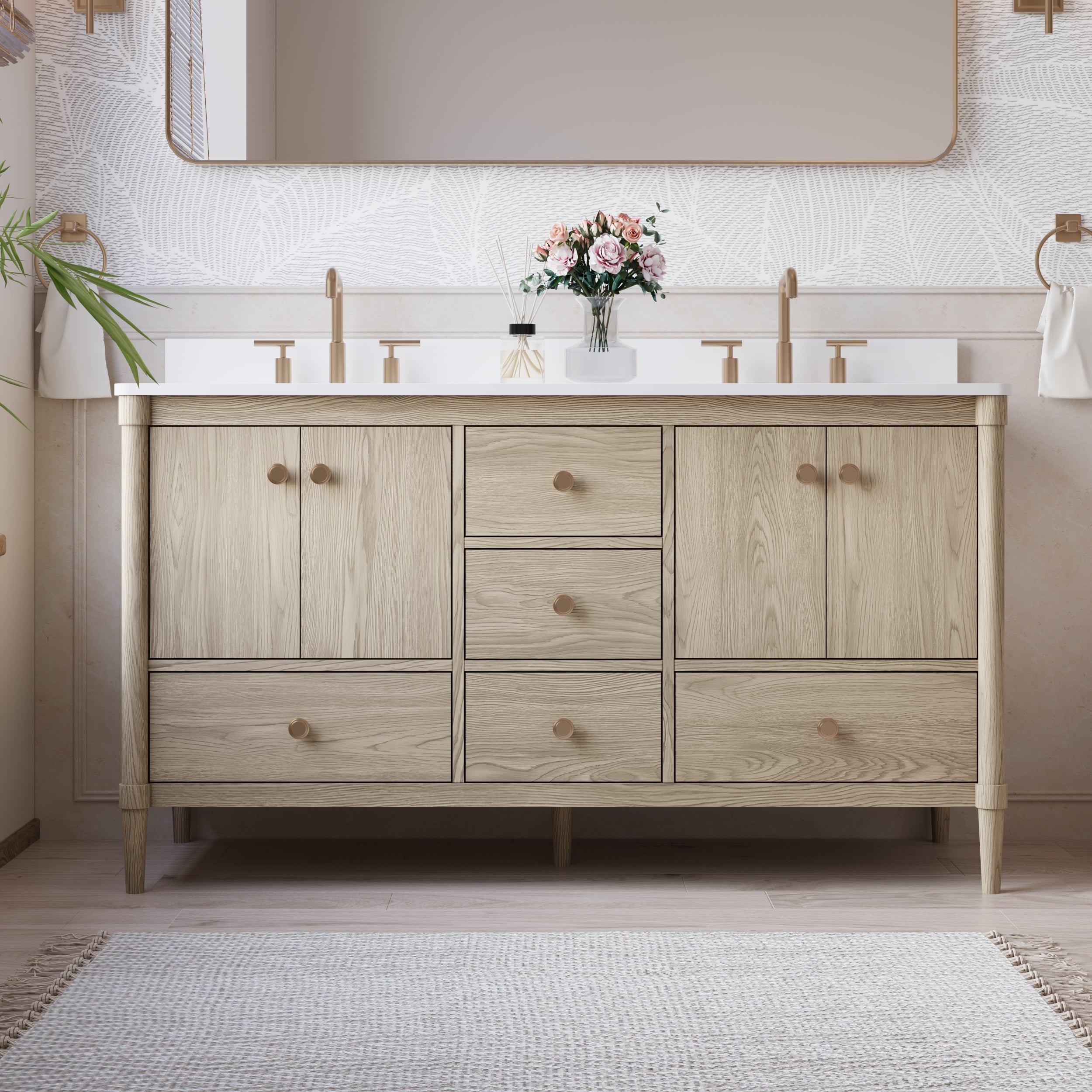
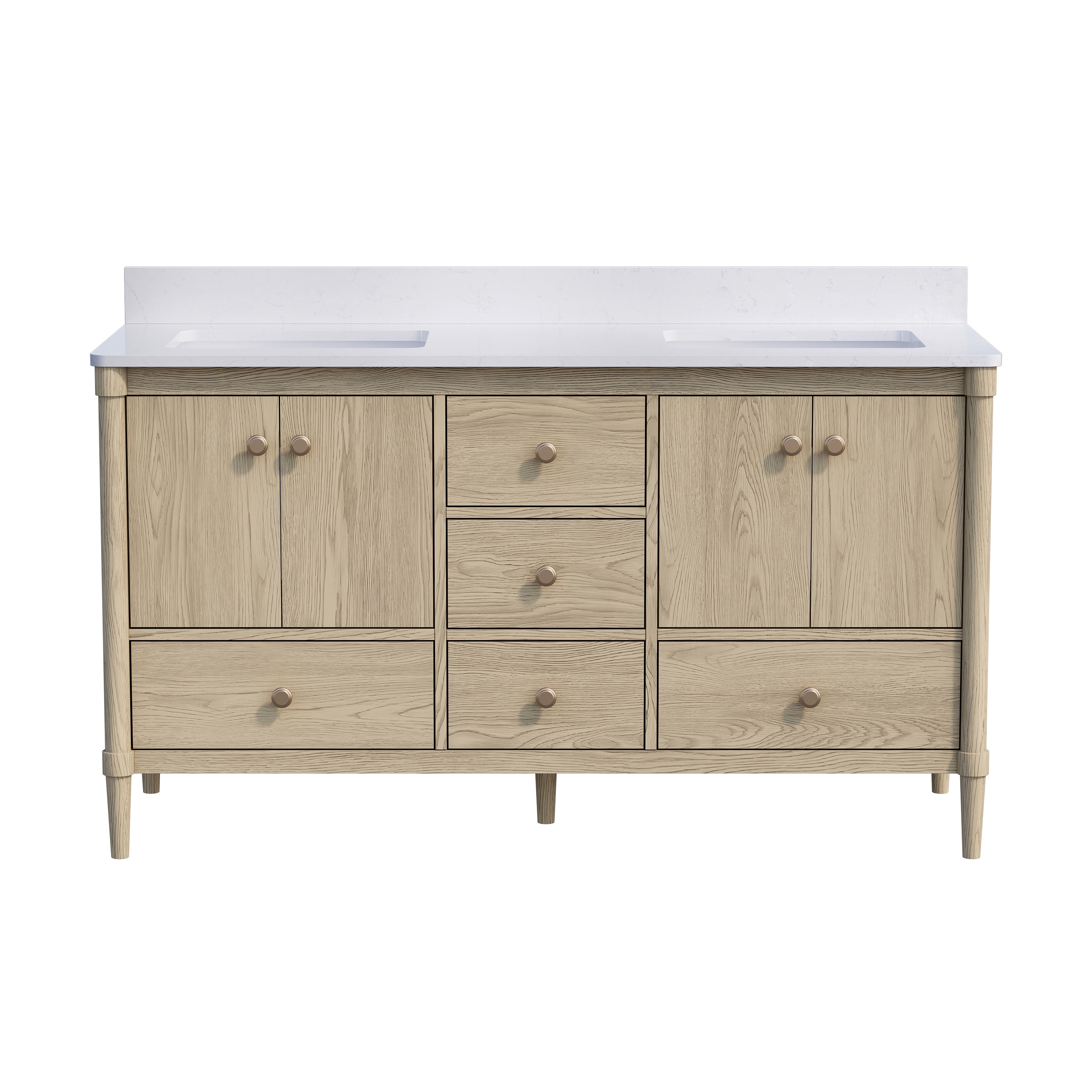
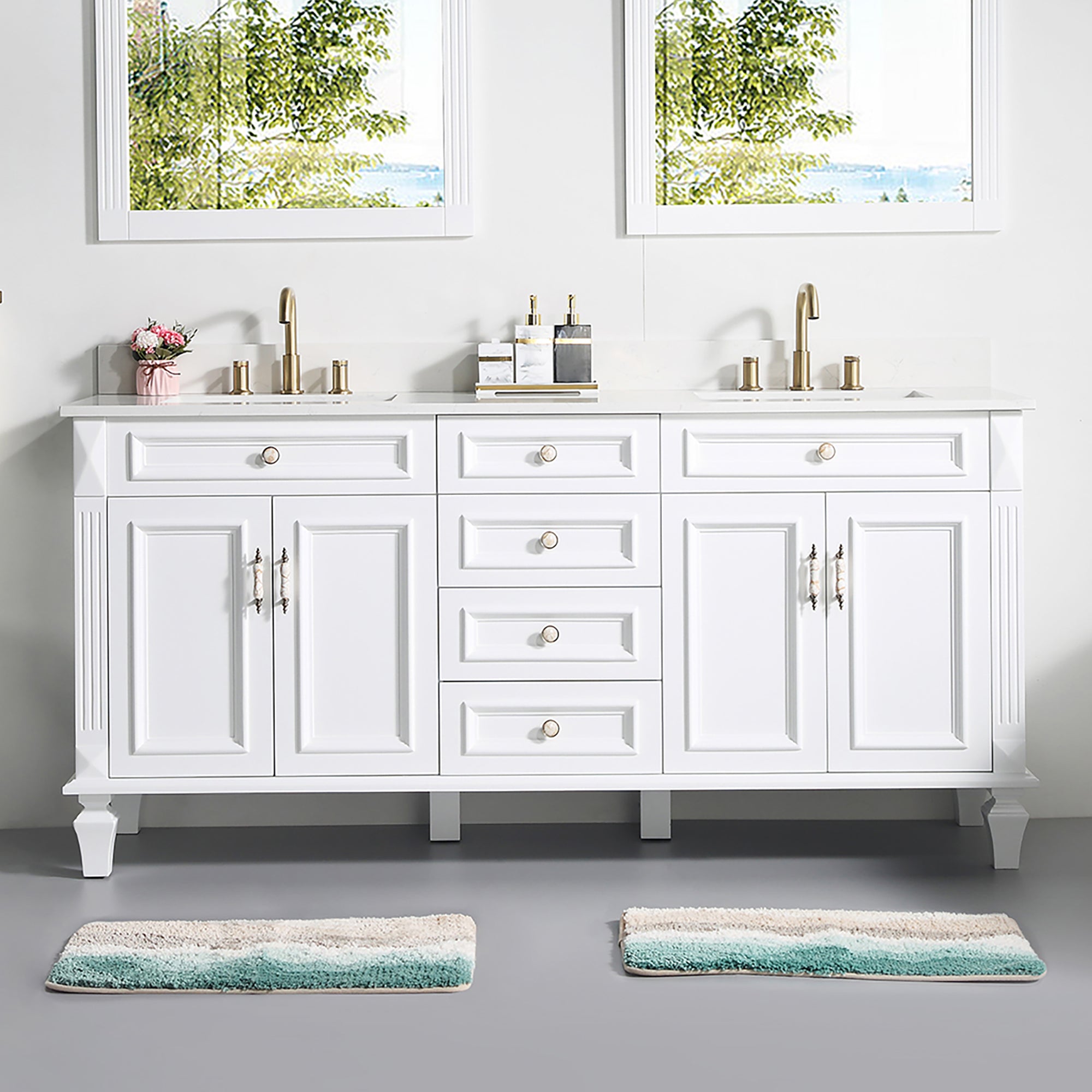
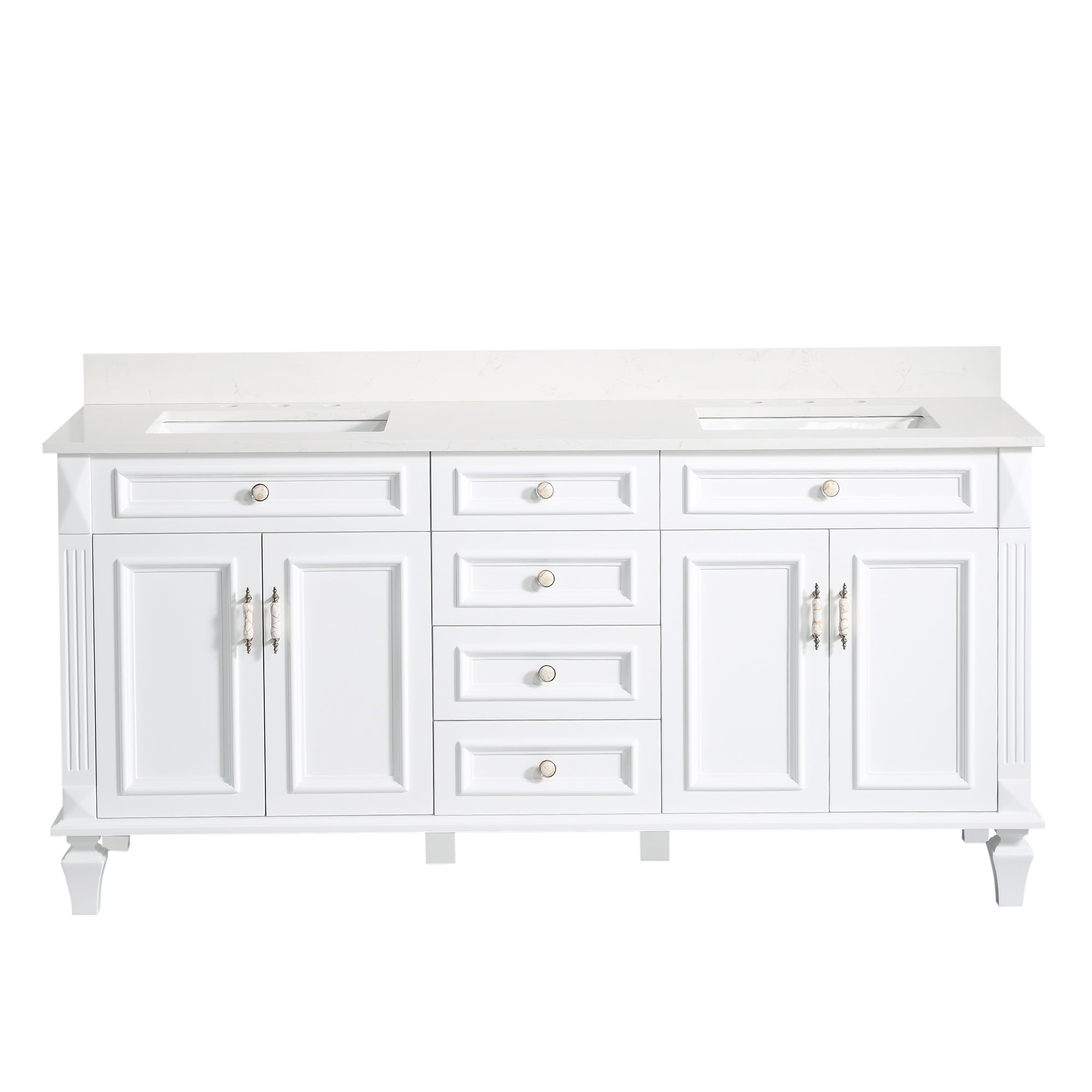
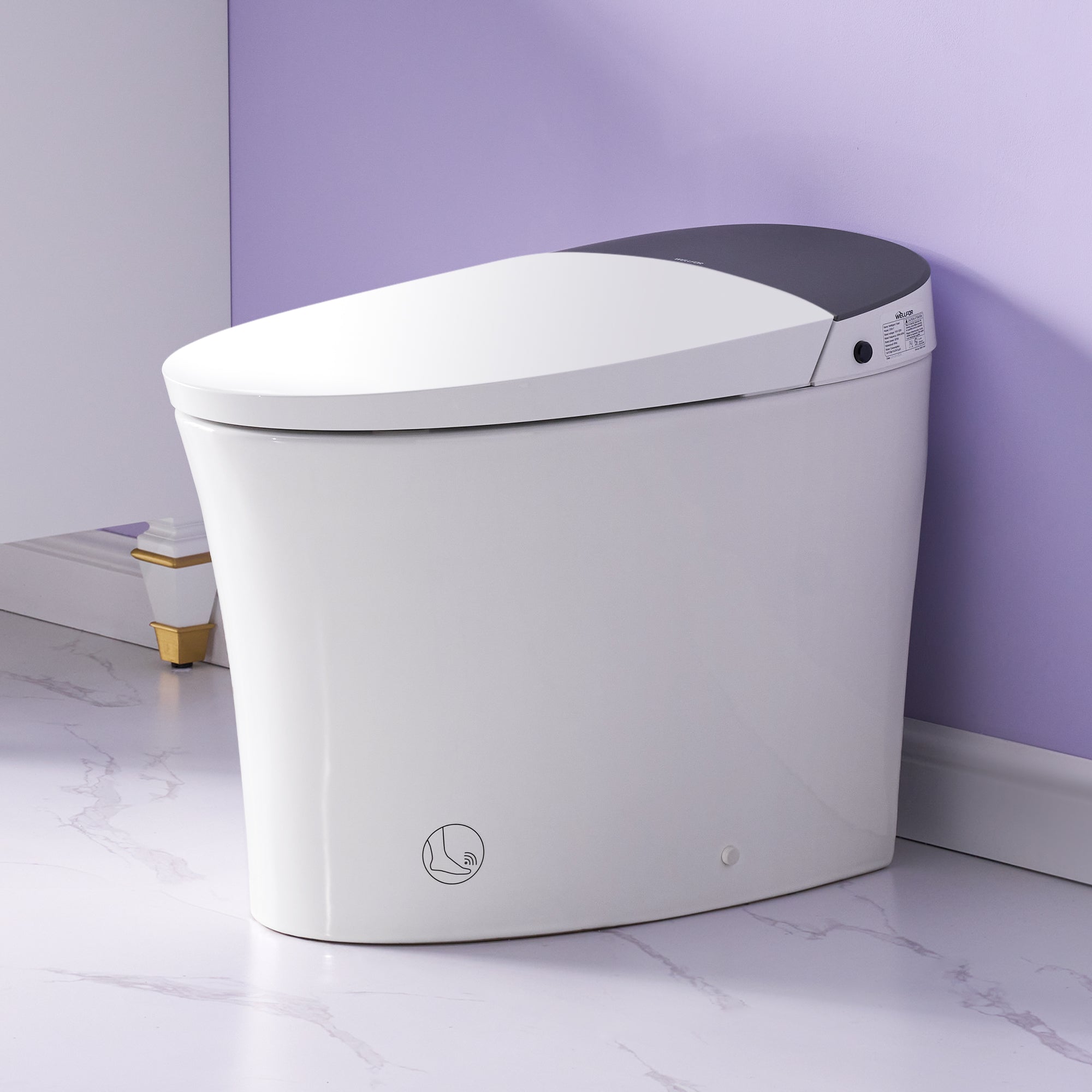
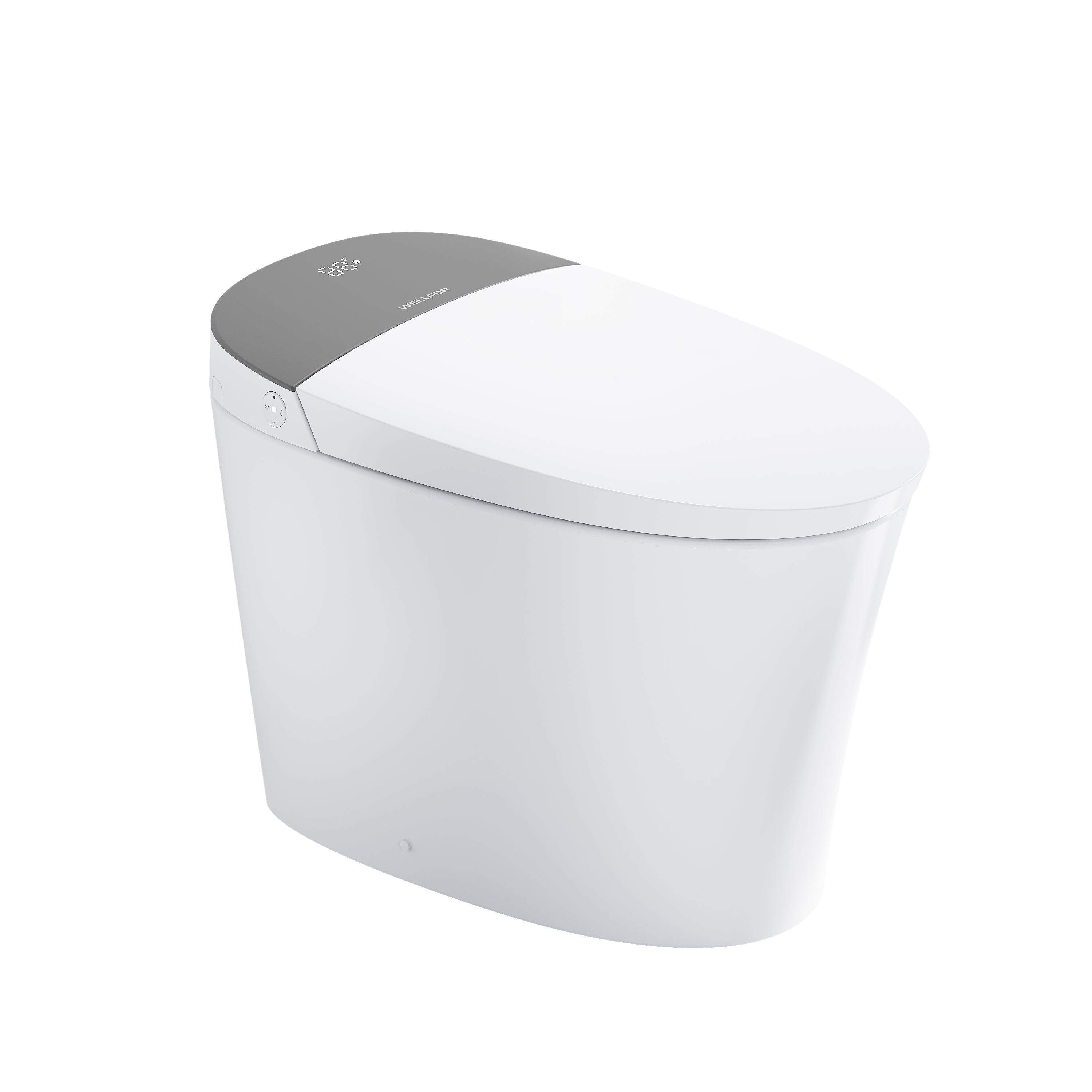
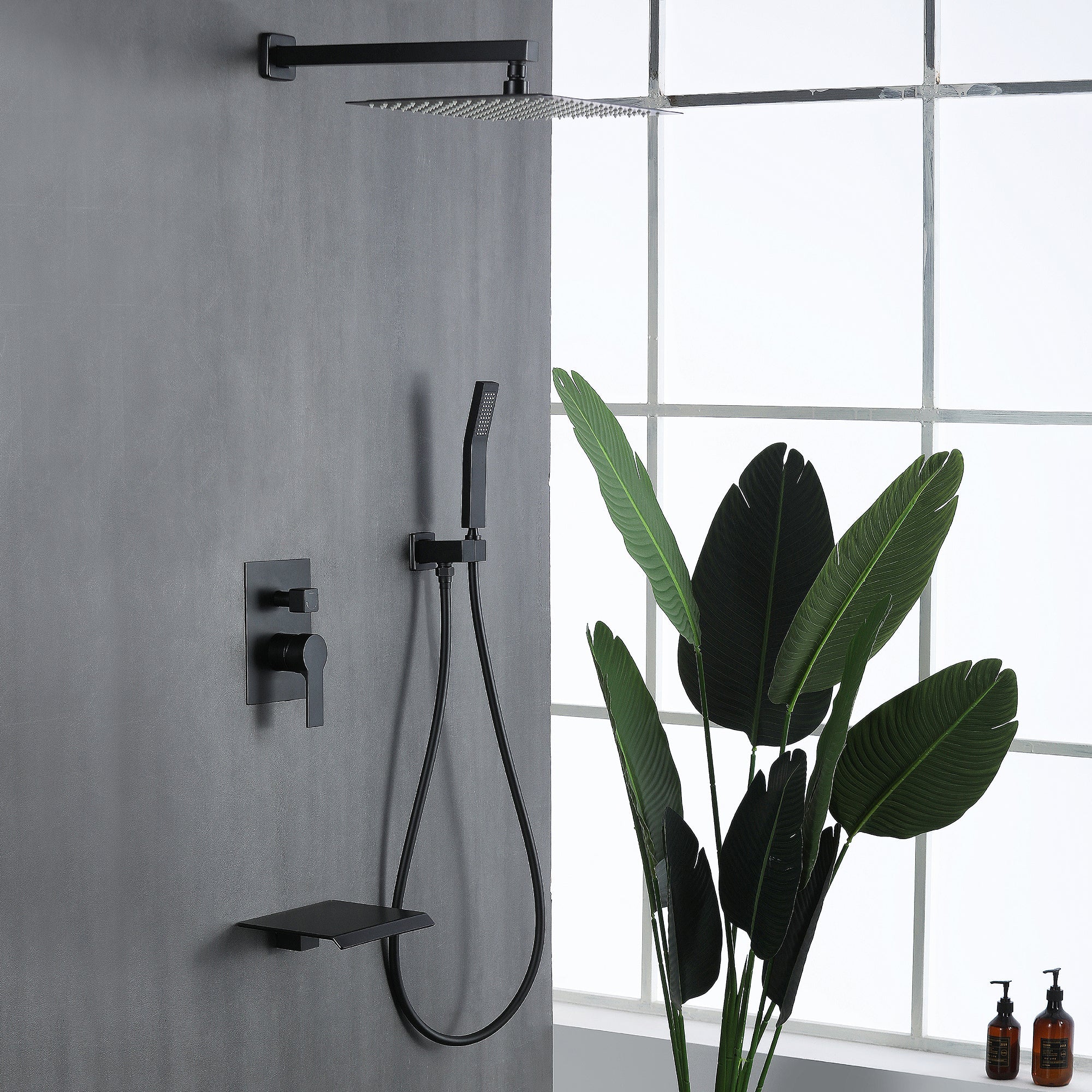
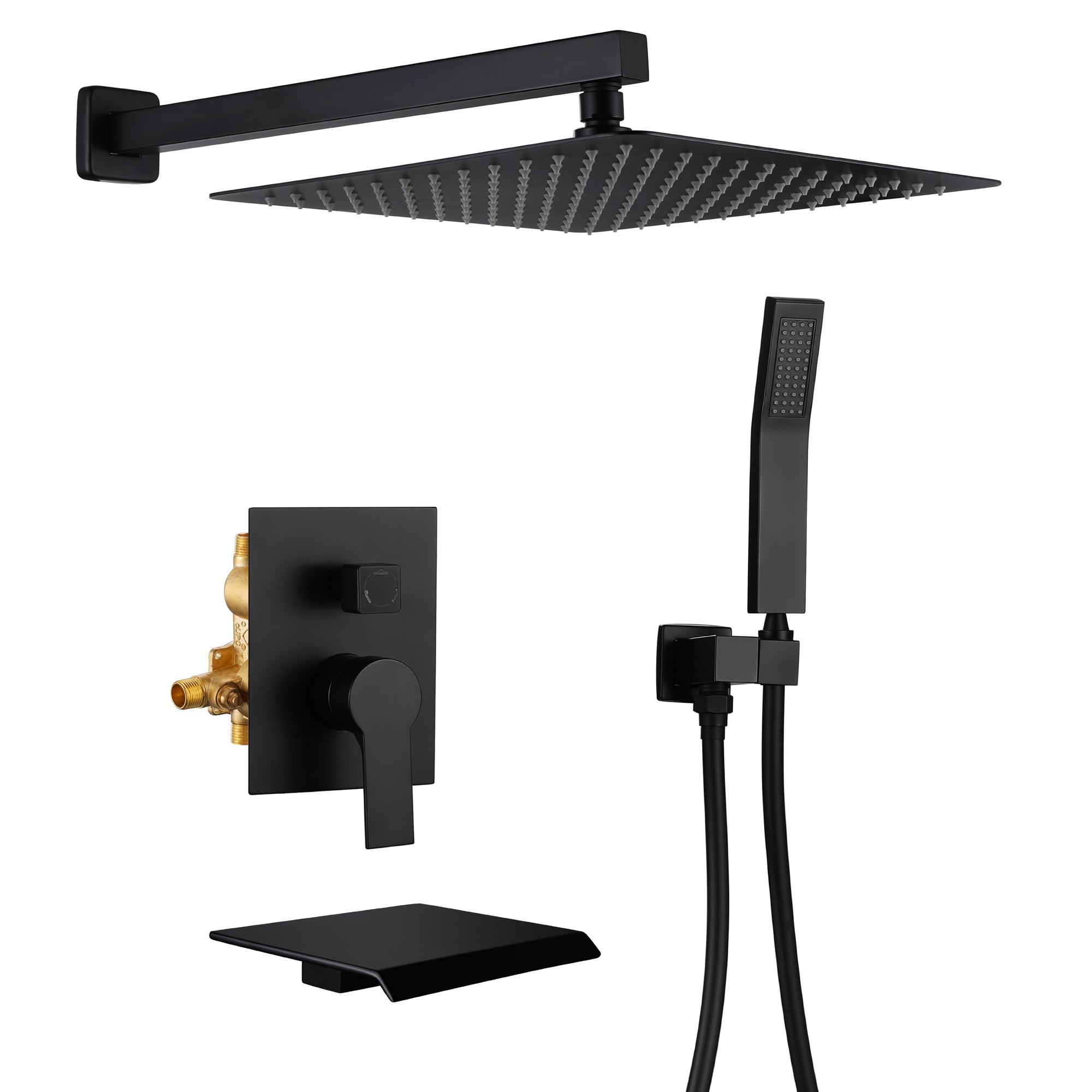
Leave a comment
This site is protected by hCaptcha and the hCaptcha Privacy Policy and Terms of Service apply.